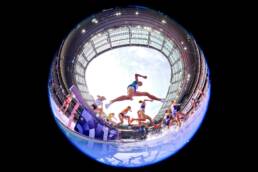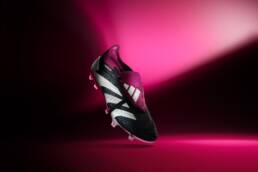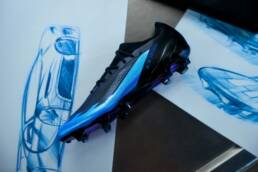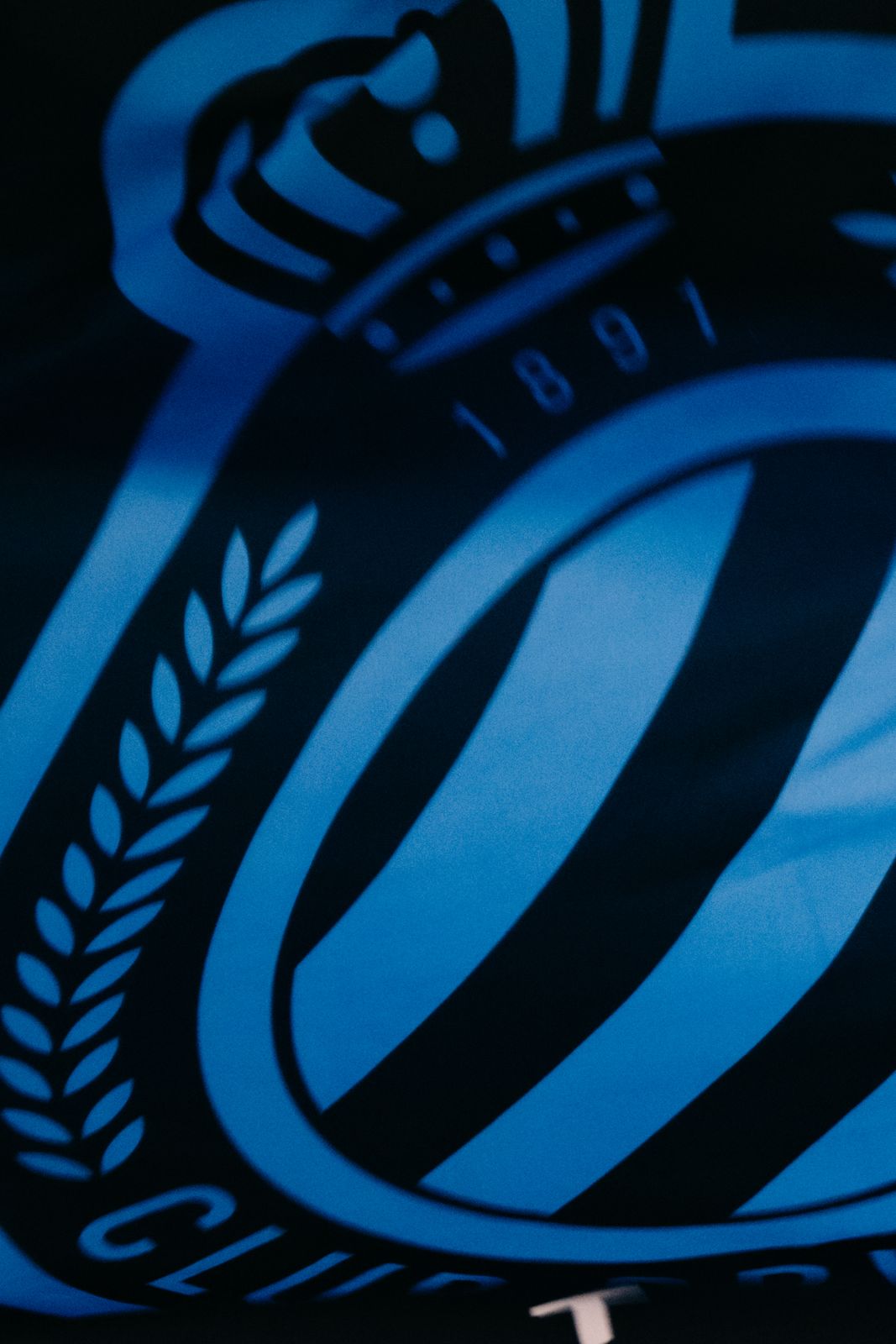
Raffael Manders is the official photographer of Club Brugge—a team we have been following for some time, especially because they have one of the most visually striking Instagram feeds in the world of sports communication. We particularly appreciate the minimalist approach, the color correction, and the great attention to detail in the font choices.
Photography is the key element: the images are powerful, distinctive, and immediately recognizable thanks to their unique color palette.
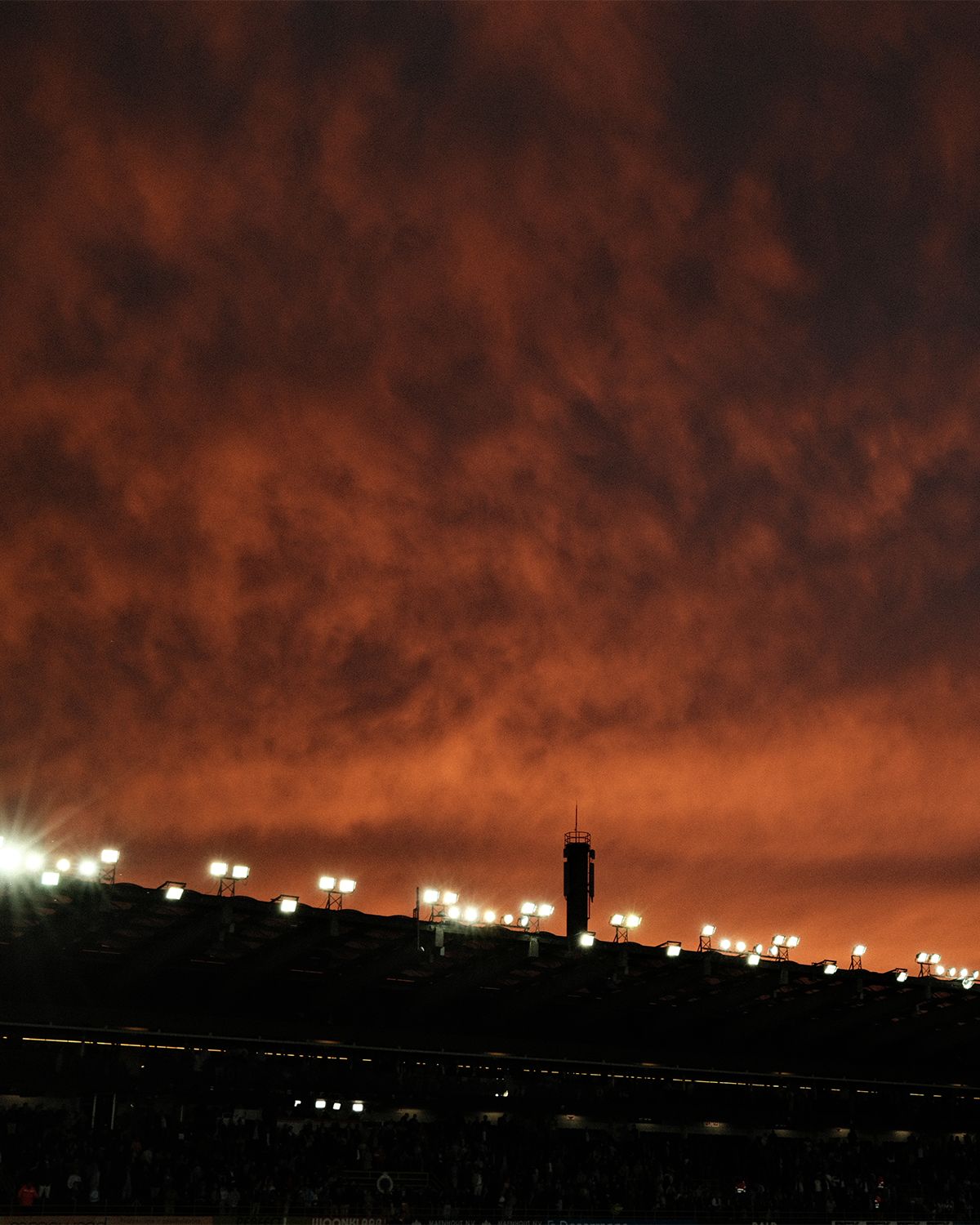
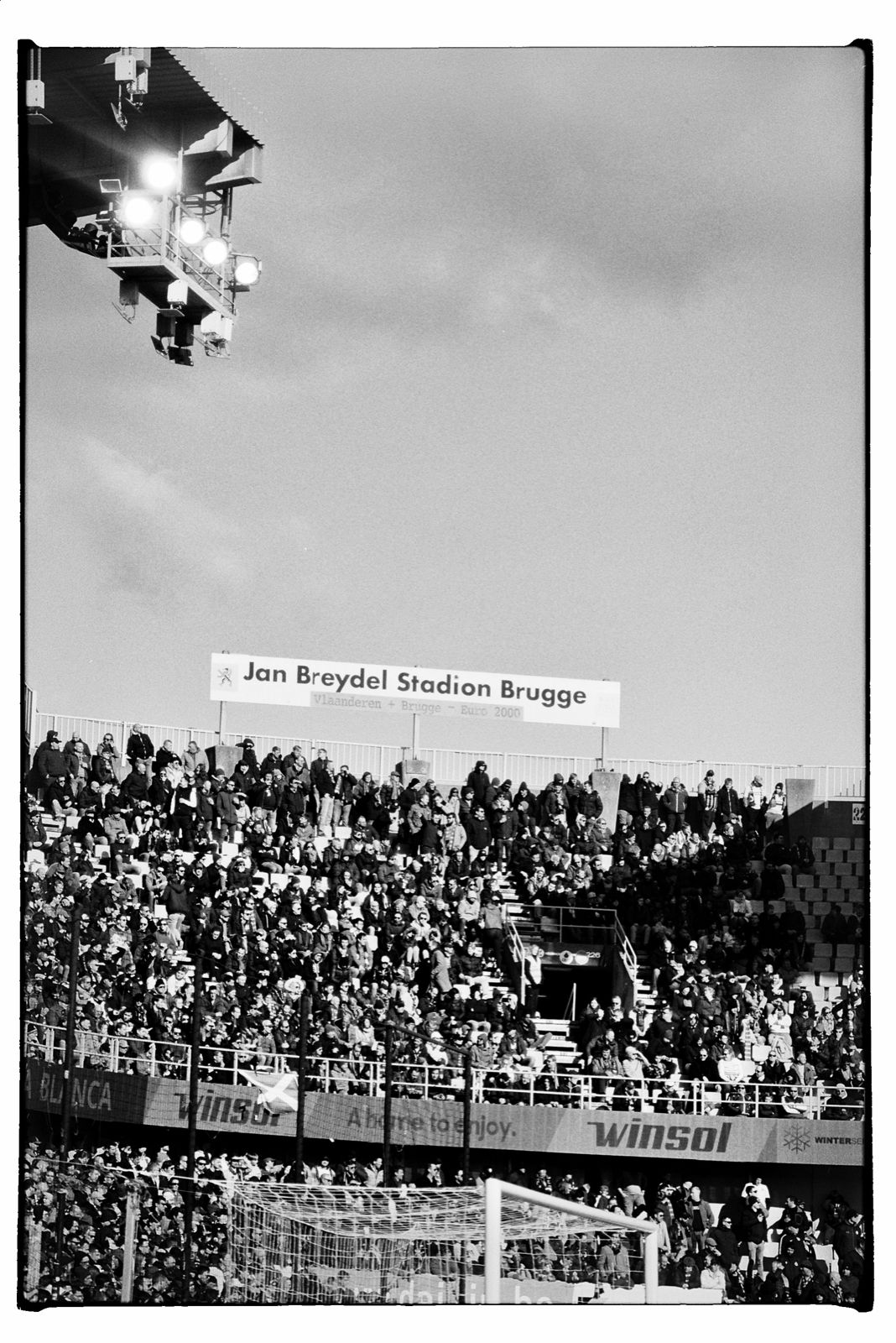
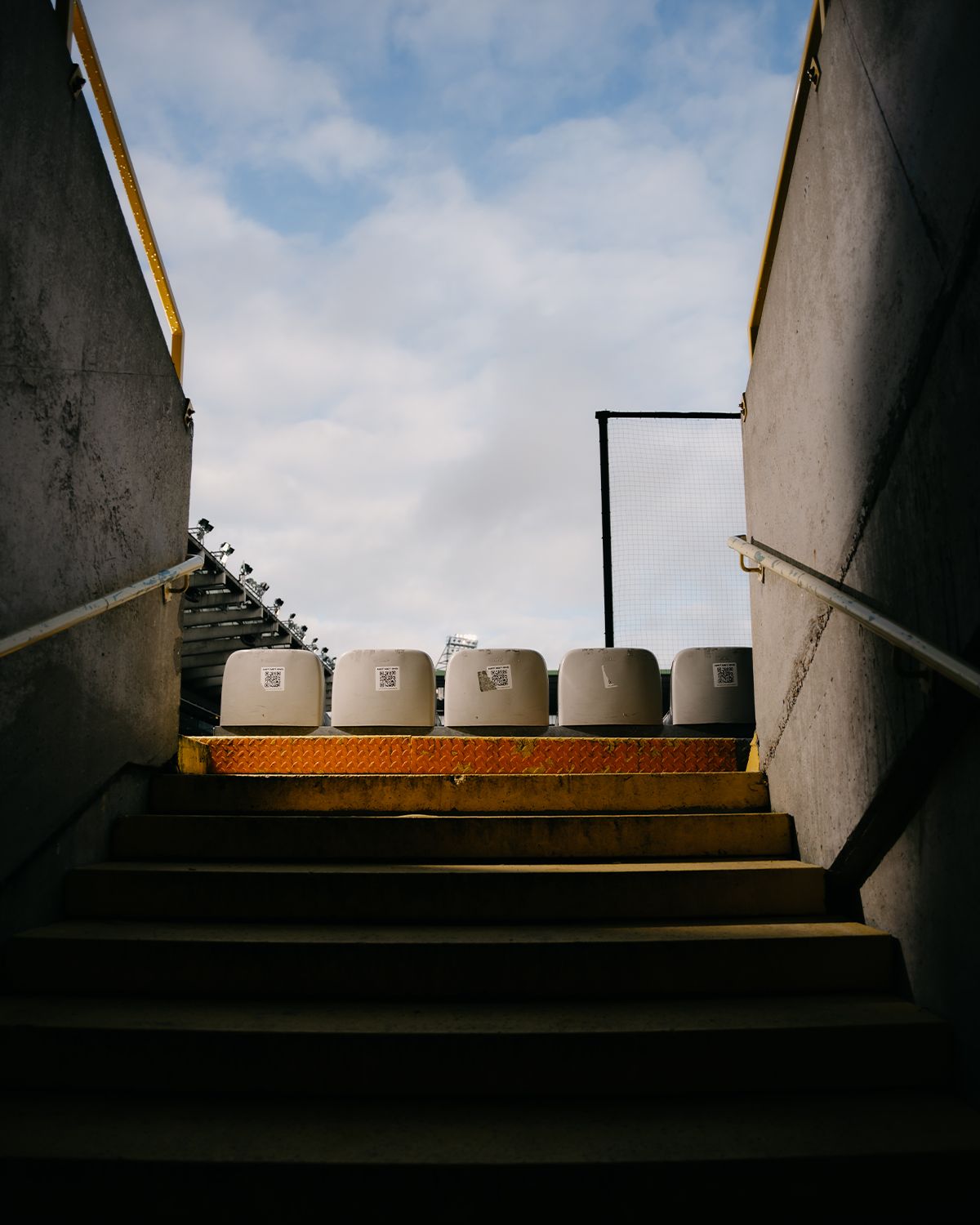
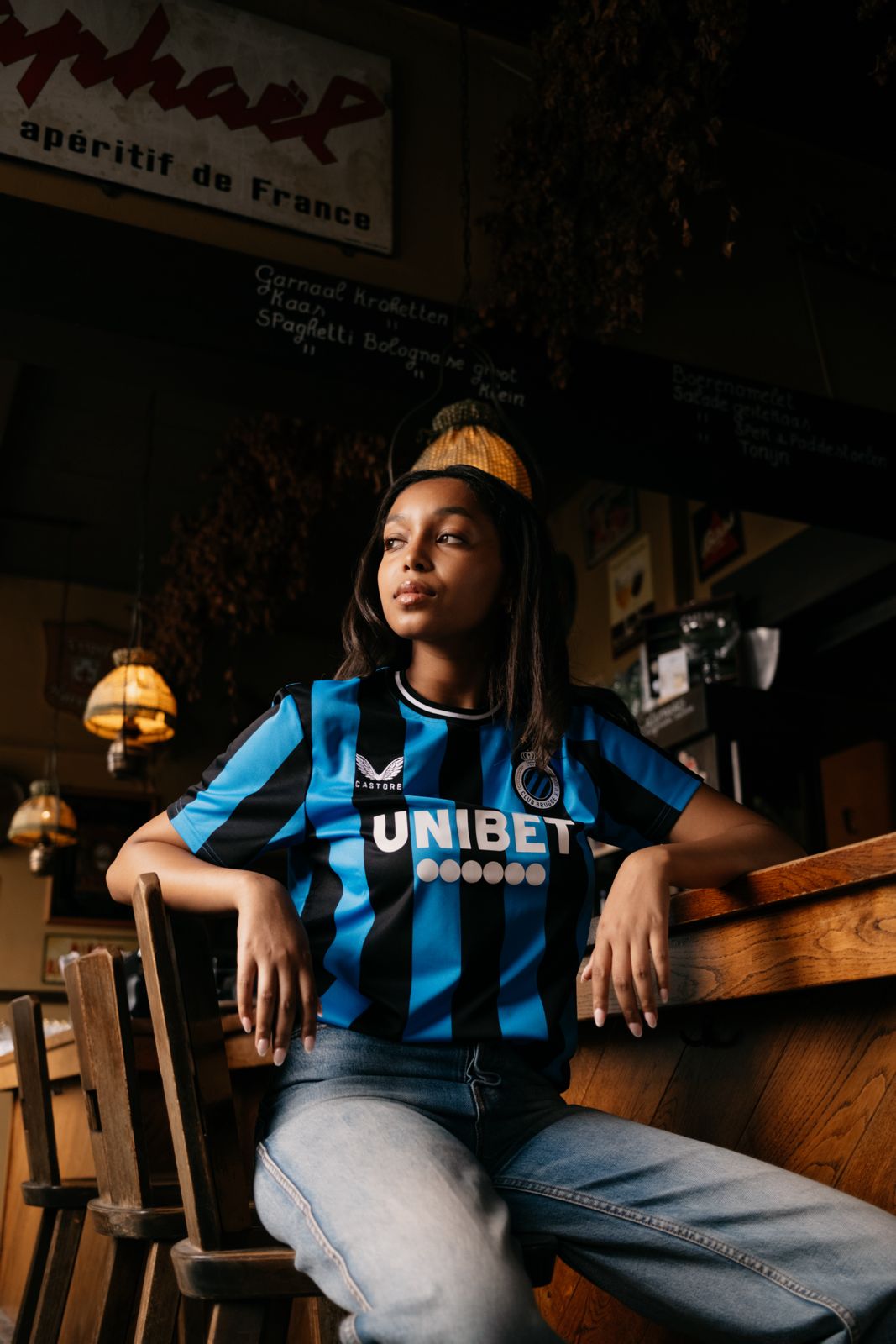
“I am Raffael, 27 years old, and I live in Bruges, Belgium. Many people describe me as an introvert, but once they get to know me, they see me as a laid-back guy who is always ready to help and achieve the best results.
I studied for only one year at Sint Lucas College in Ghent. During that year, I didn’t learn much—I realized that I learn faster on my own and through real-world experience. So, I started taking photos and videos everywhere I went. By combining this hands-on approach with YouTube tutorials, I learned much faster than I ever did in school.
After sharing my work for a while, a friend of mine reached out for a project with Club Brugge. Before I knew it, that project marked the beginning of a new journey. After the project ended, the club opened a hiring position for a producer. I applied and got the job. After a year of hard work, I was finally allowed to shoot a training session. From that moment on, everything changed. Now, I have been with the club for four years, and I’m a respected member of the social media team.“
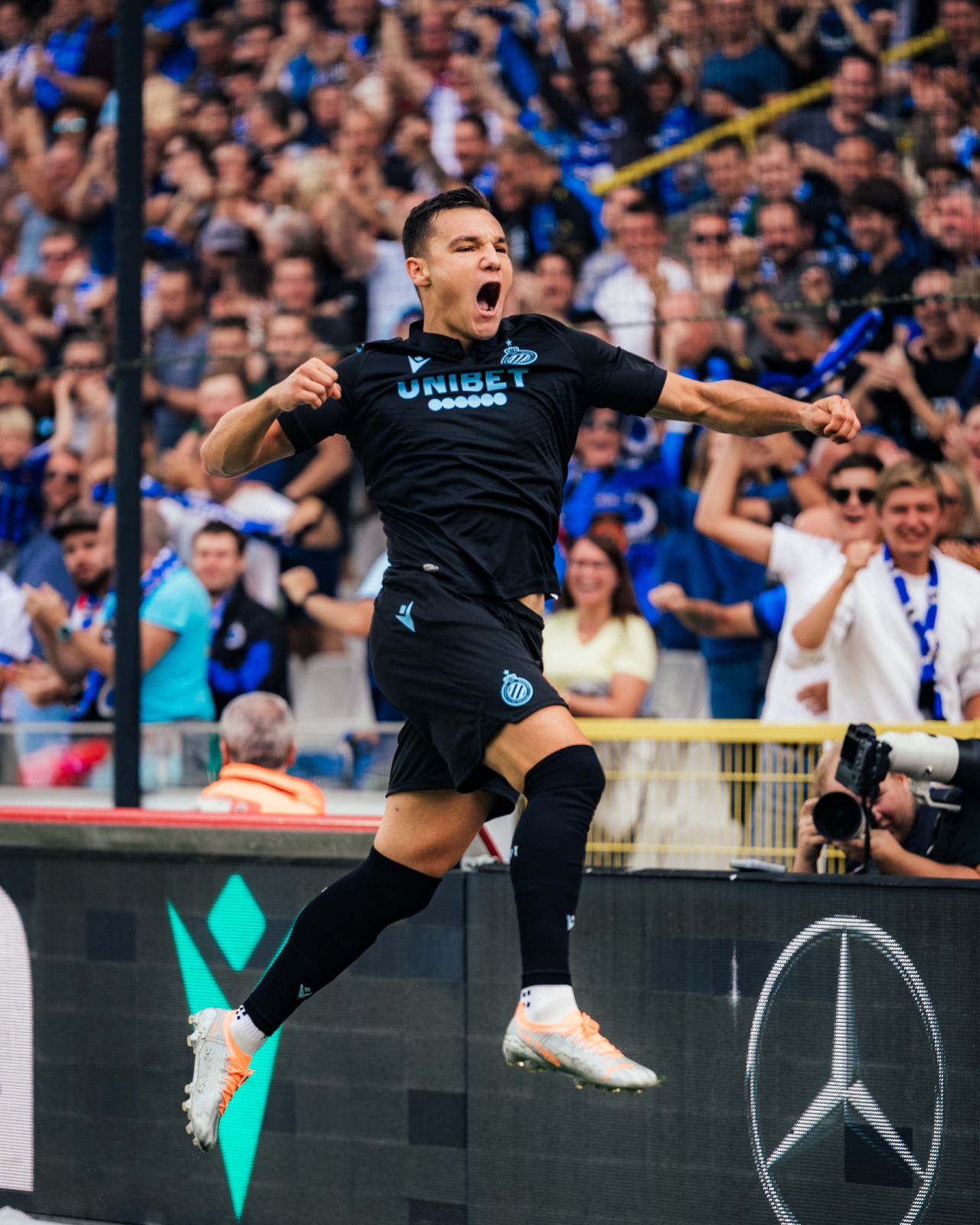
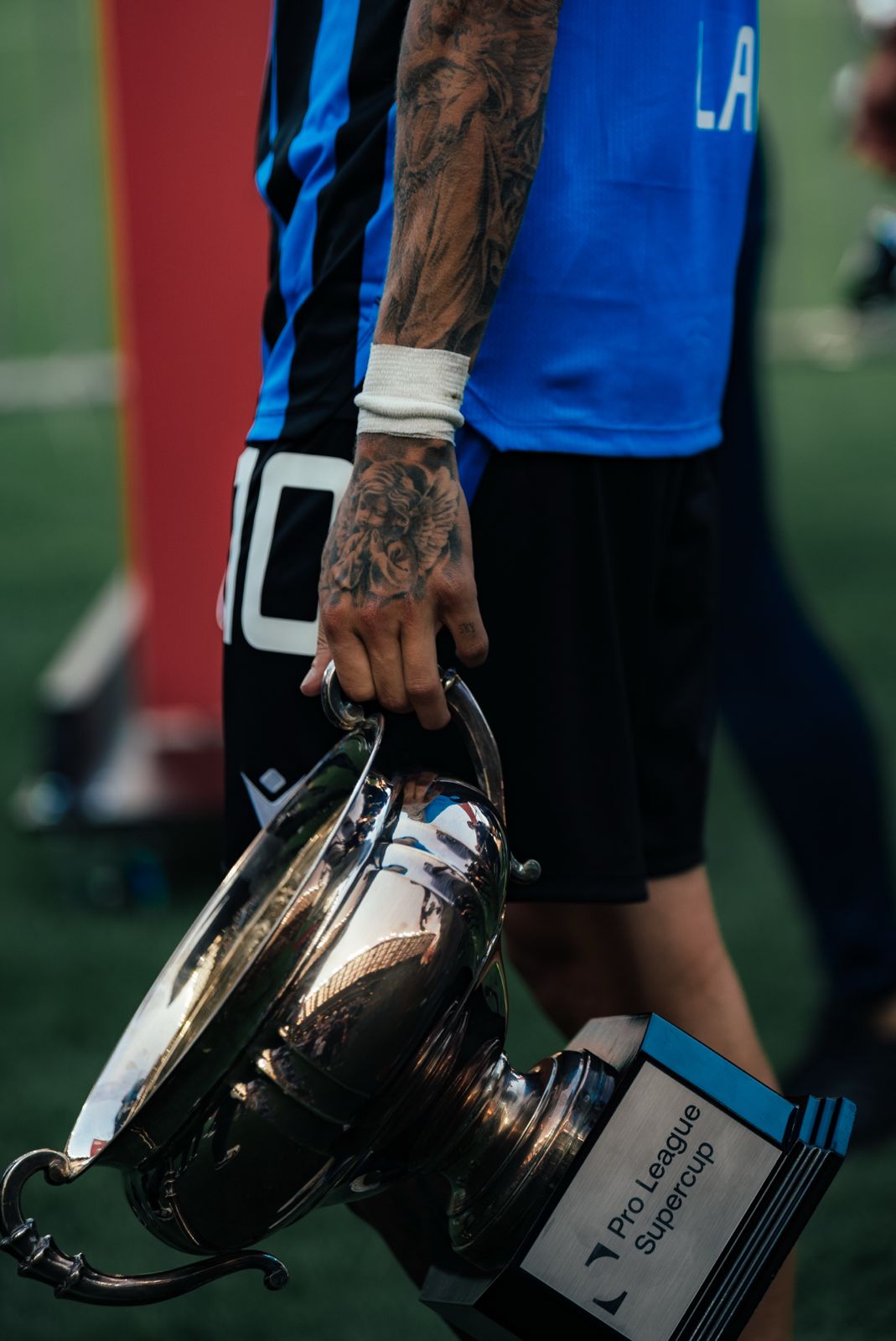
Raffael, tell us more about how your communication style developed and the creative process behind the visual choices you and your team have made.
“I started as a lifestyle photographer, not a sports photographer. I think that helped me see the sport differently. When I joined the team, there wasn’t much photography being used, and what was used was strictly action shots. But in a football game, there is so much more than just the action on the field. The culture surrounding it is a lifestyle.
Once I became a more trusted voice in the media team, they gave me the freedom to shoot how I liked, and from there, our identity as a creative team grew.
The core of our style is the combination of the artistic side with the communication side. I would always take the craziest shots, but I had to remember that people also wanted to see clear shots of their idols. So, it was a learning process for both me and the team.“
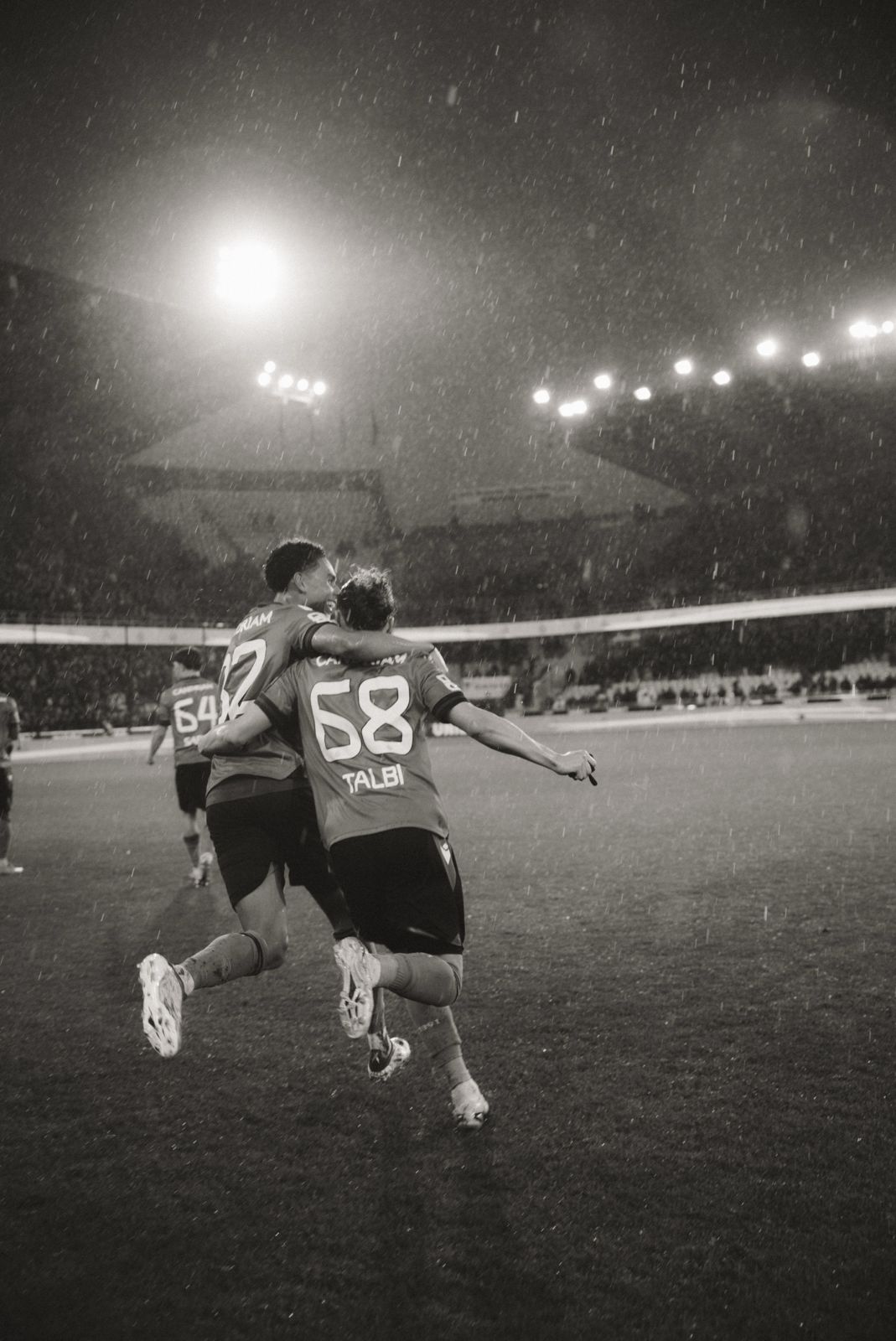
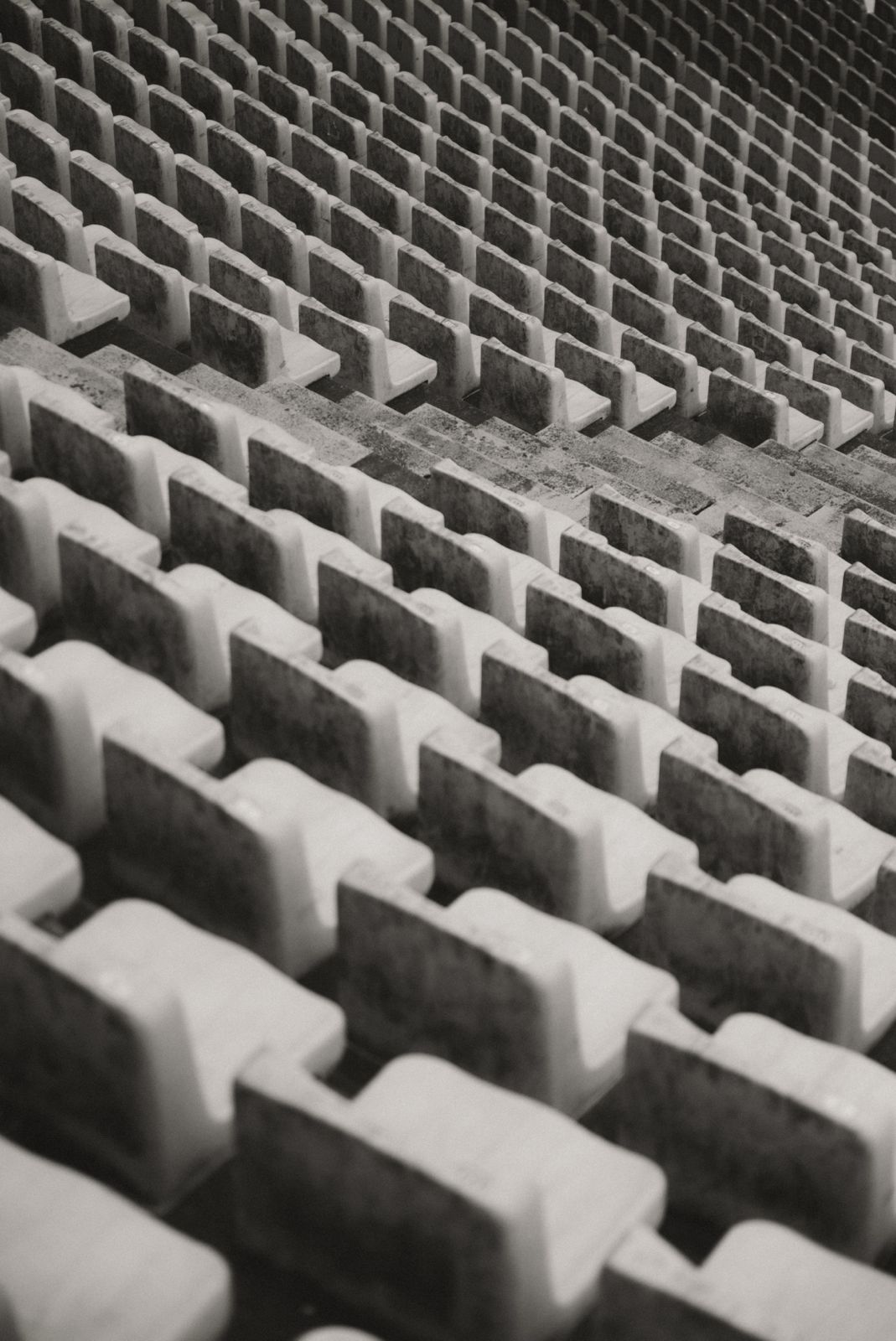
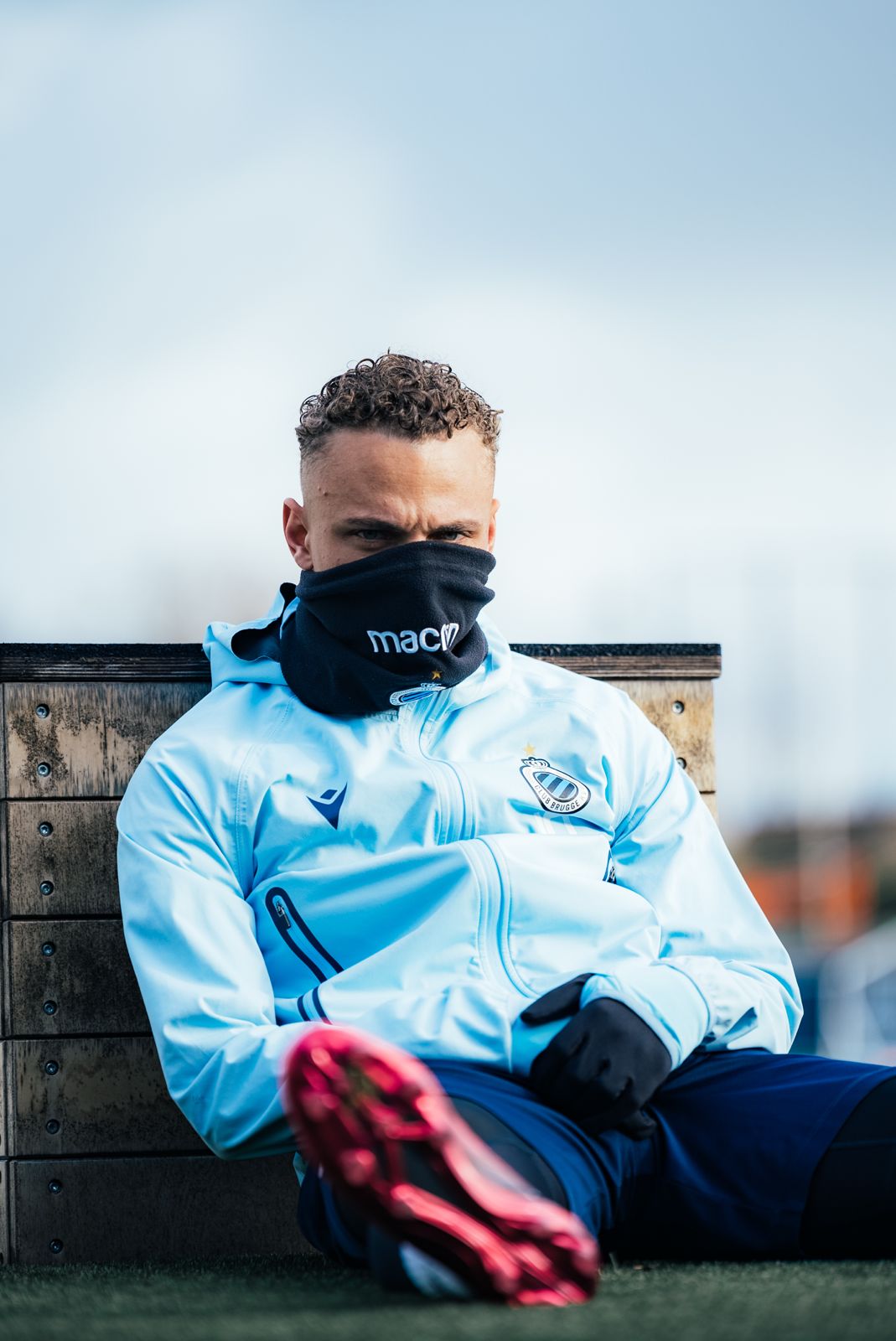
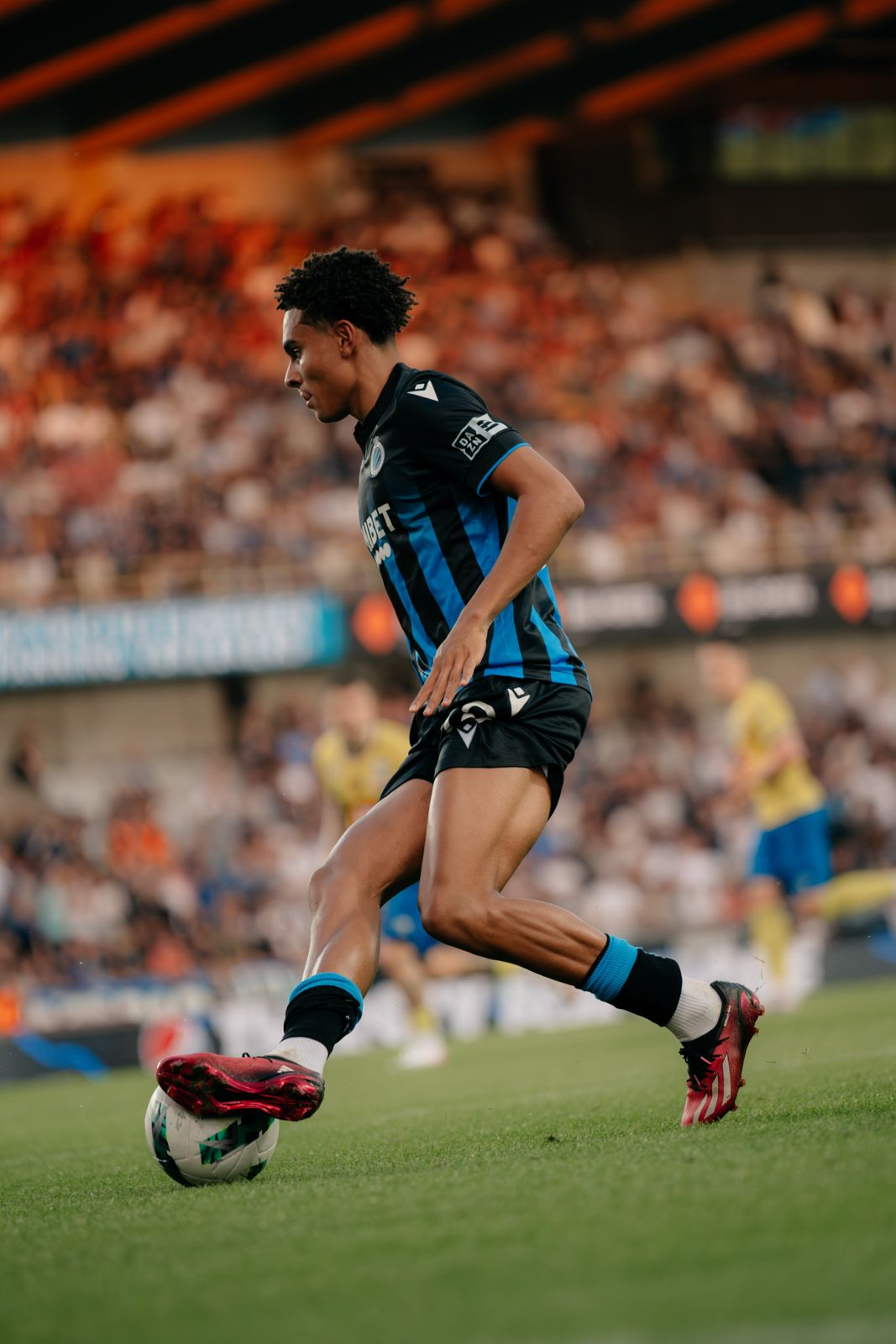
How about your journey as a photographer—your studies, early experiences, and how you ended up working with Club Brugge.
“I started skating with my friends and watching a lot of montages online. One day, my friend brought his dad’s camcorder, and we started making videos. We filmed each other, and after every session, we would go on the computer to edit everything together. That is where my passion for imagery began.
After years of filming and editing, I wanted to expand my knowledge and switched to an art school. Once I finished school, I went to Sint Lucas College in Ghent. My biggest lesson there was that school isn’t always the answer in this field. I thought, ‘F*ck it, I’ll get there on my own.’ I started working to afford better gear and took on every video and photography job that came my way. I was constantly online, learning new things and watching tutorials.
By chance, my friend Pieter Slembrouck, who was in his final year at the school I quit, needed to do an internship. He chose Club Brugge. Around the same time, I had just released a new video about a boxer. Pieter saw it and asked me to create a similar project for Club Brugge. That became my first job for the club.
After a successful shoot and video, an opening as a studio producer became available. They had just built a new TV studio at the base camp and needed someone to run it. It was a closed application, and Pieter recommended me to his boss.
My interview with Maarten (the communication manager at the time) was fun. I was very enthusiastic and shared a lot of ideas. However, I was never a big football follower in Belgium. When he asked me who the star player of Club Brugge was, I had no idea. I thought I had lost my chance, but I replied, ‘If you call me this evening, I will know every player at the club.’
A few days later, he called and said they would love to work with me.
The first few months were tough because I had no idea how to operate a TV studio. But I adapted quickly and got help along the way. Still, after six months, I felt unsatisfied. I was shooting training sessions and youth teams but wanted more. After some discussions, I was allowed to shoot a Club Brugge vs. KV Mechelen game. I loved every second of it, and the photos came out perfect! With each game, my confidence grew—and now, here I am!“
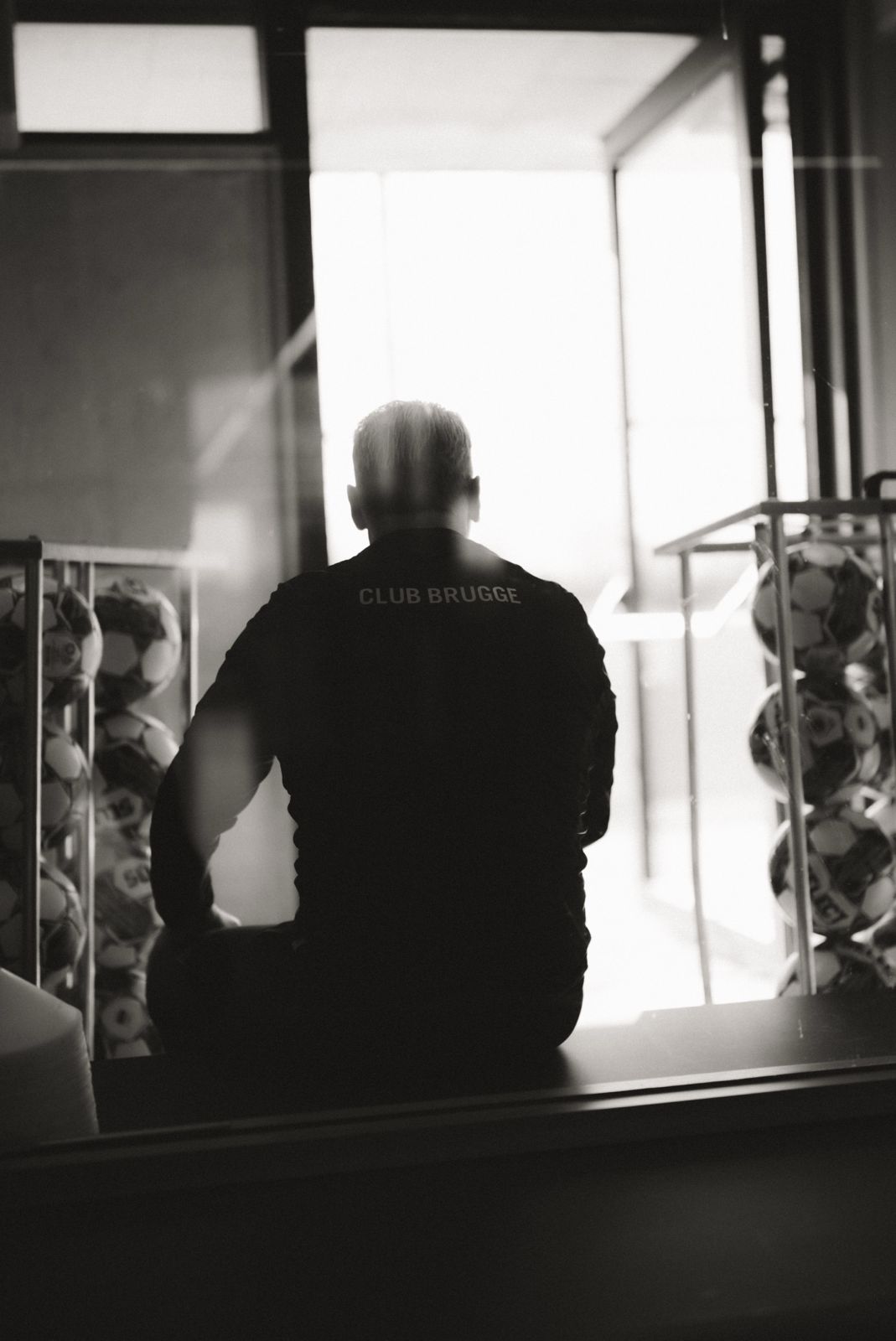

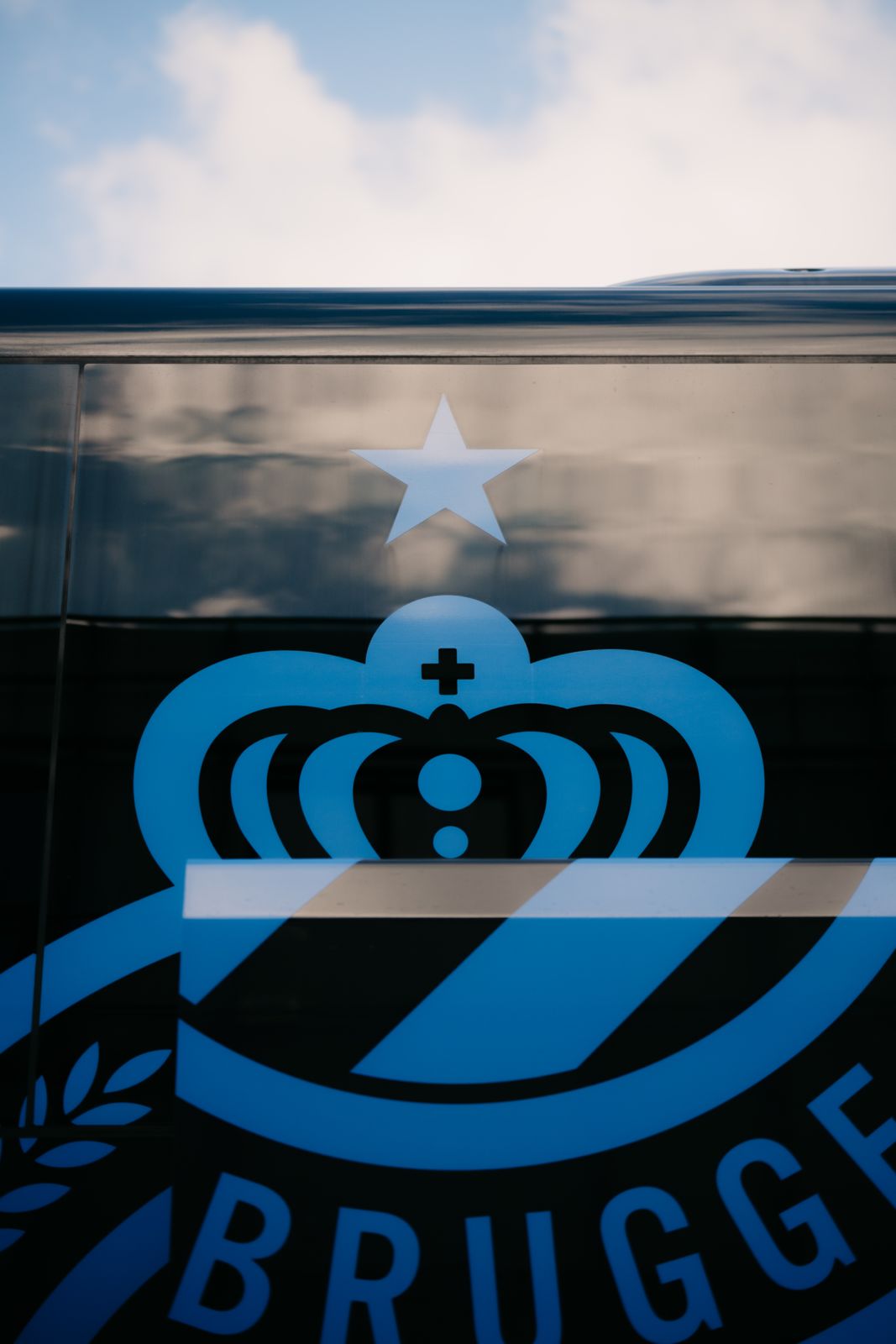
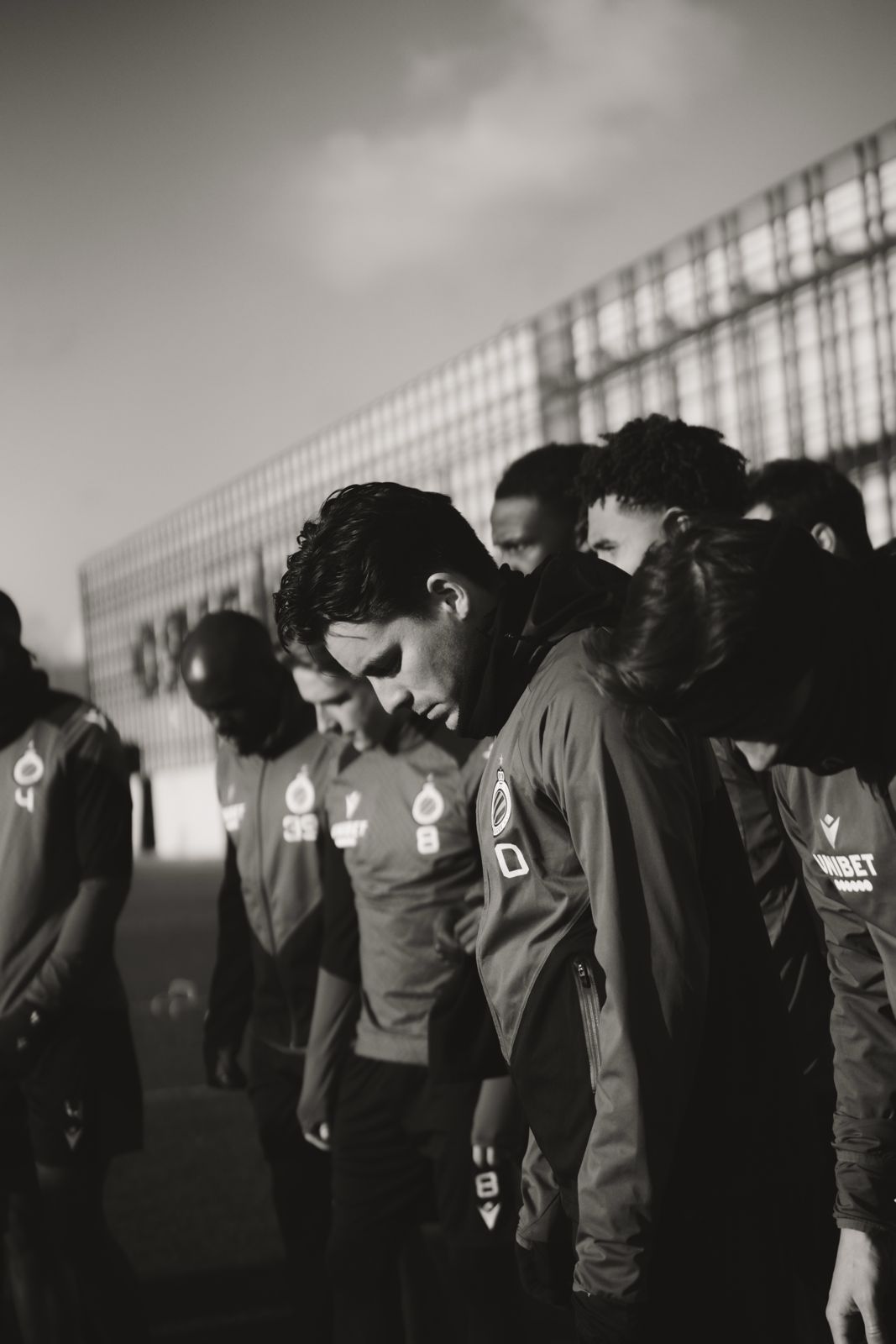
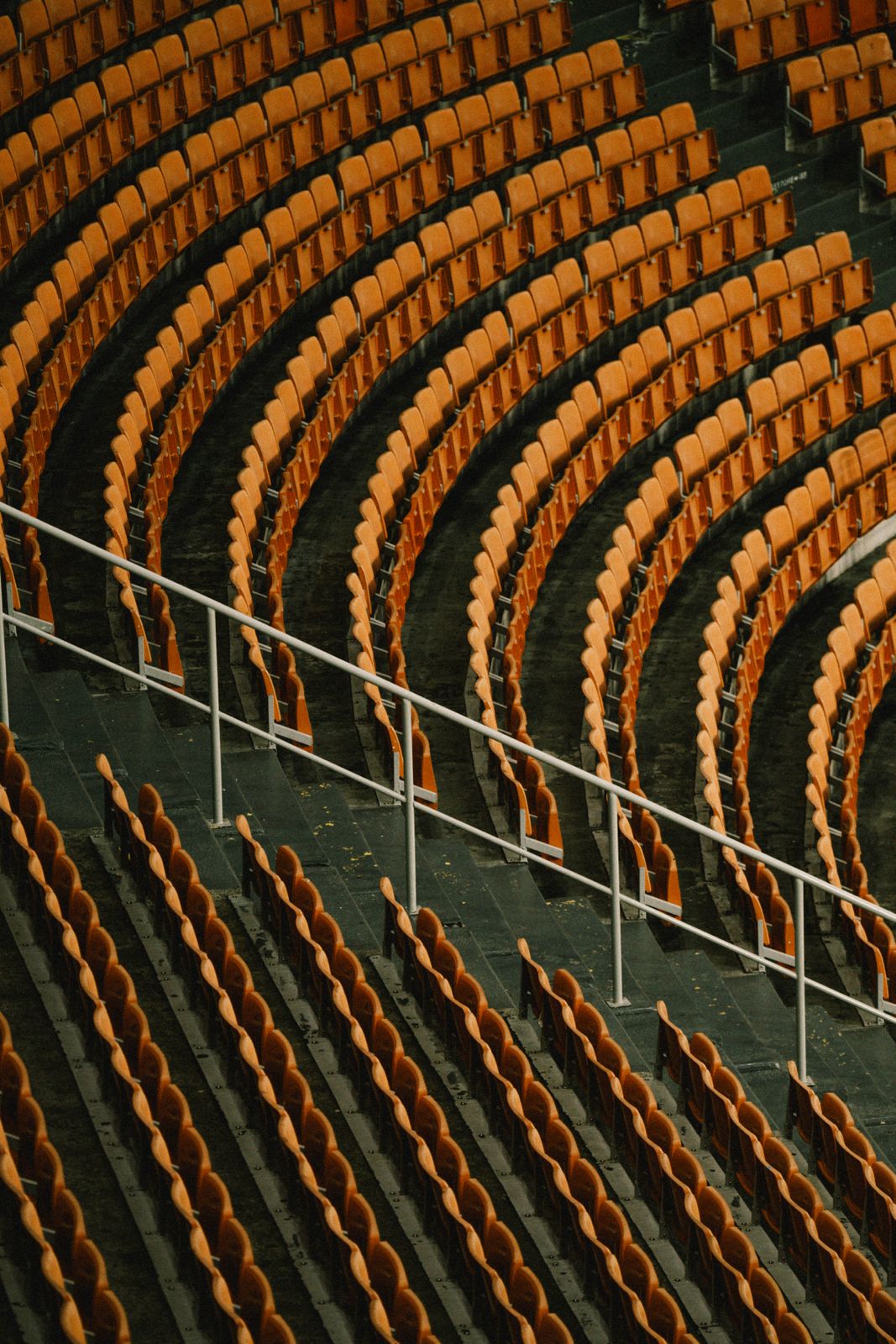
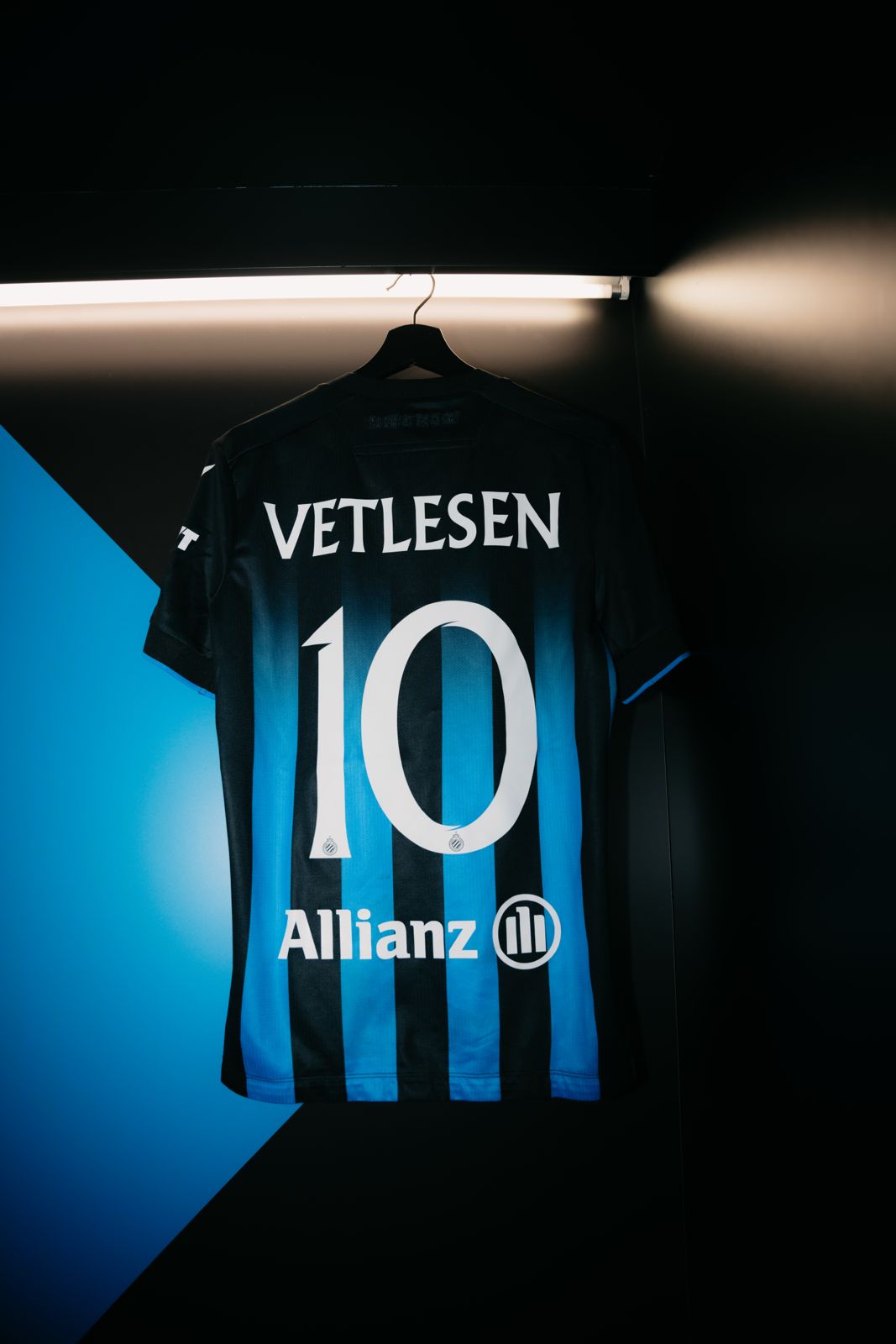
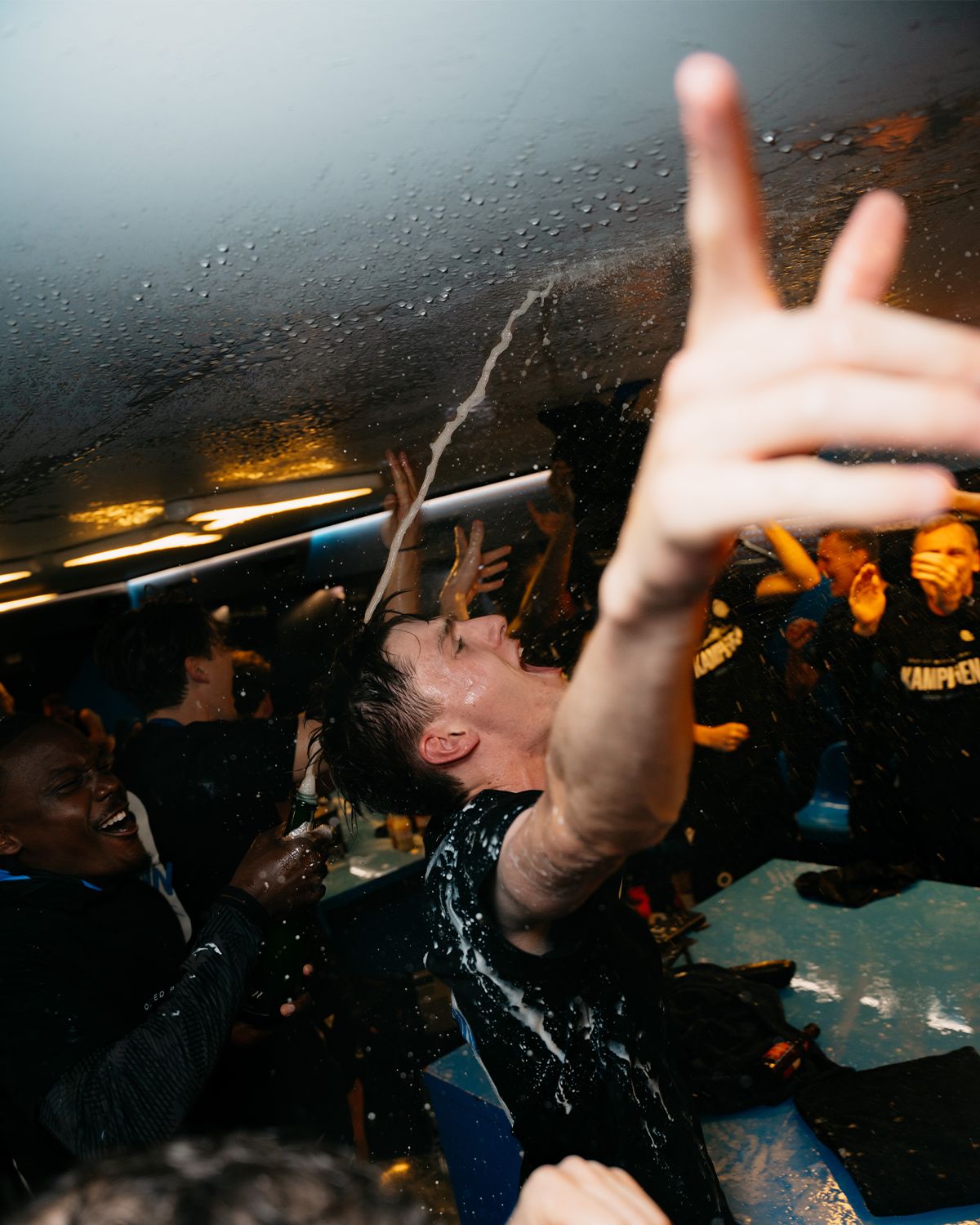

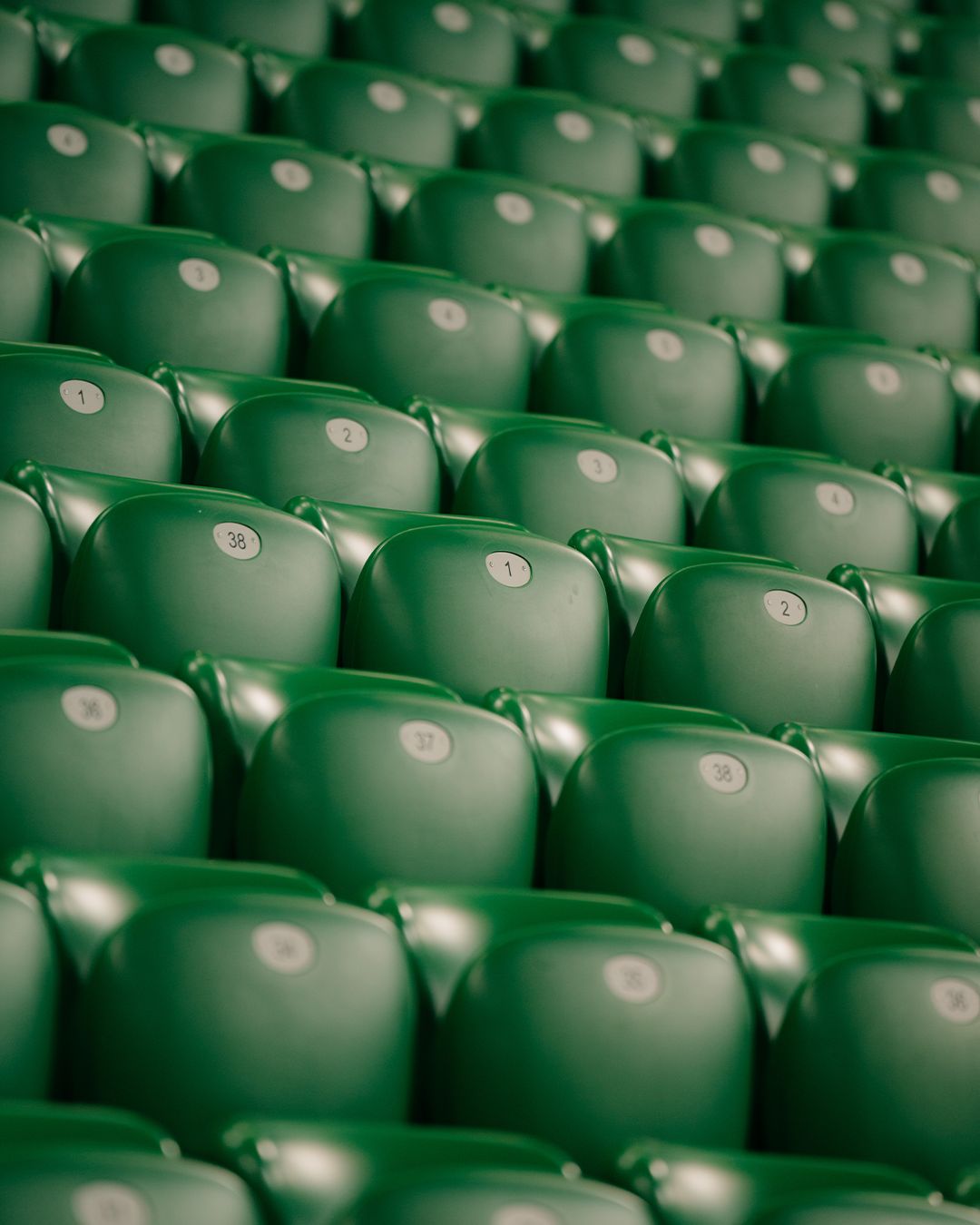
How did you develop your signature color grading? How long have you been working on it, and how important is it to you?
“I think every photographer’s style evolves with them over the years. I started with a lot of desaturation and heavy editing, which I liked at the time, but it eventually got out of hand. Then I switched to a more natural edit, but with high contrast and clarity—I wanted to see every drop of sweat and every vein on the player.
In my personal photography, I shot a lot of film and loved the softness and color blending. I wanted to align my work, so film aesthetics started influencing my sports photography.
I had a great talk with another insanely talented photographer, Jesper Lucas. We exchanged editing styles and ideas, and he sent me a preset that was almost exactly what I was looking for. After testing it and making tweaks, I created a hybrid of styles I liked. That became the foundation of my current editing approach. I believe I’ve found the perfect balance between editing and shooting.“
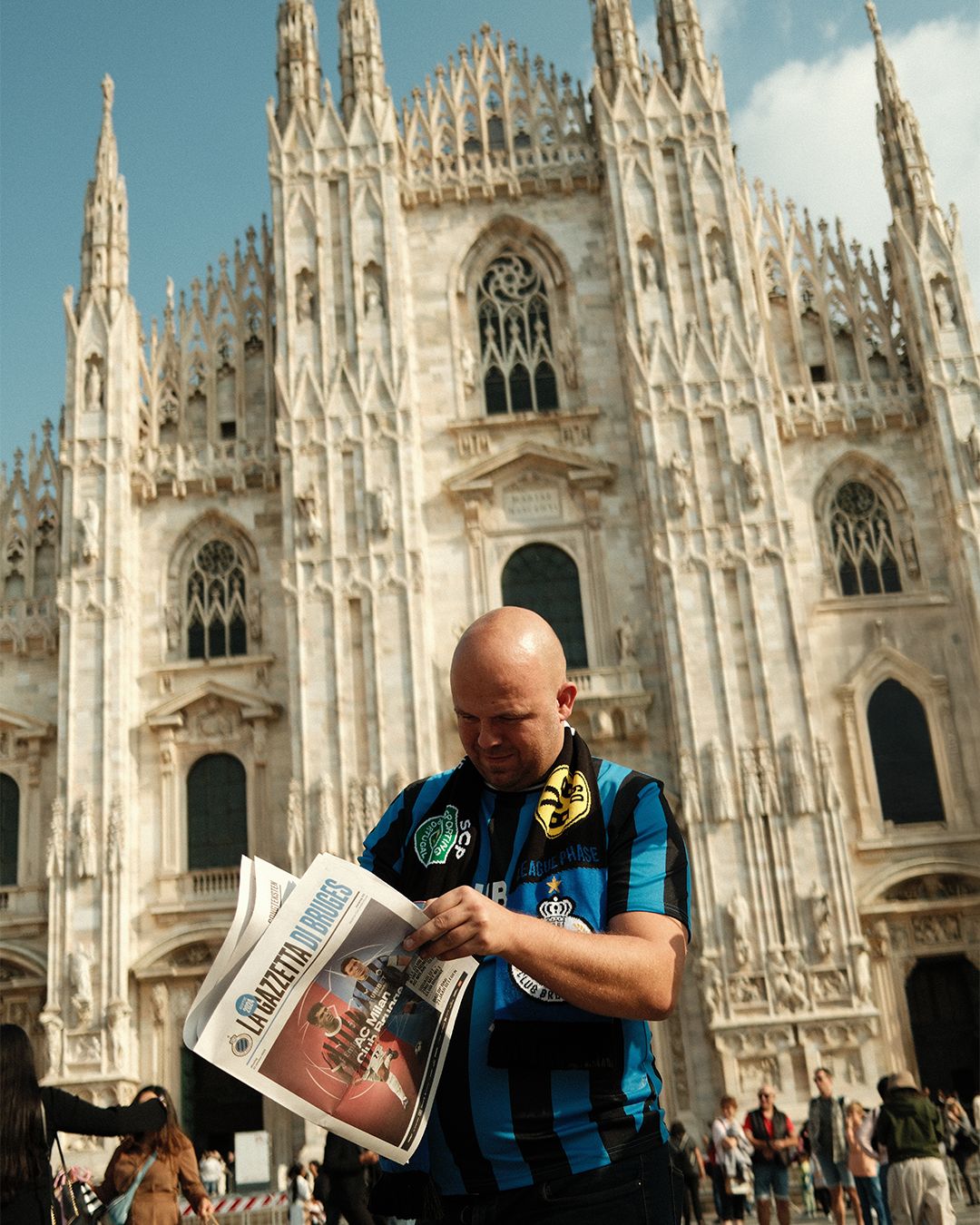
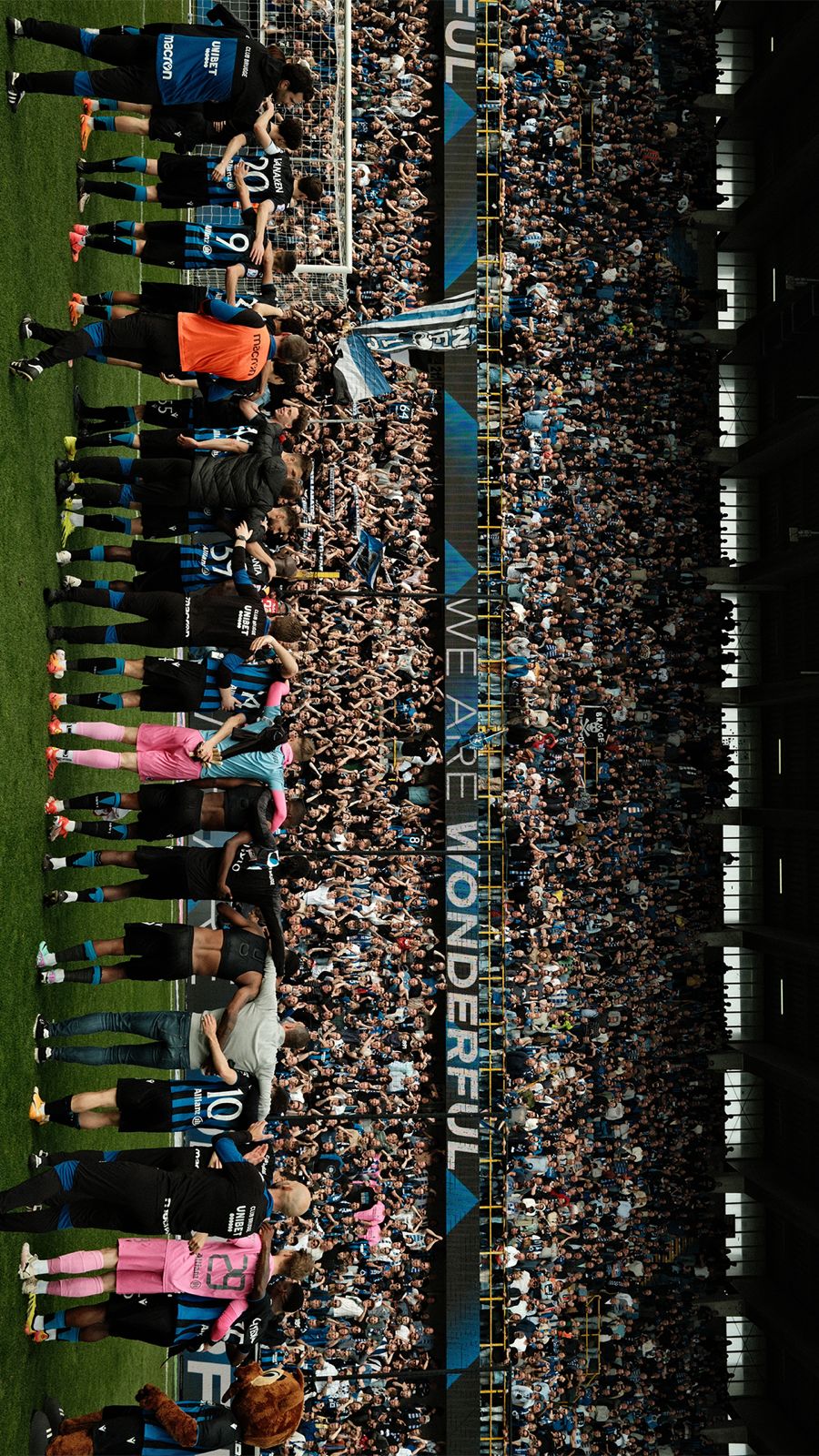
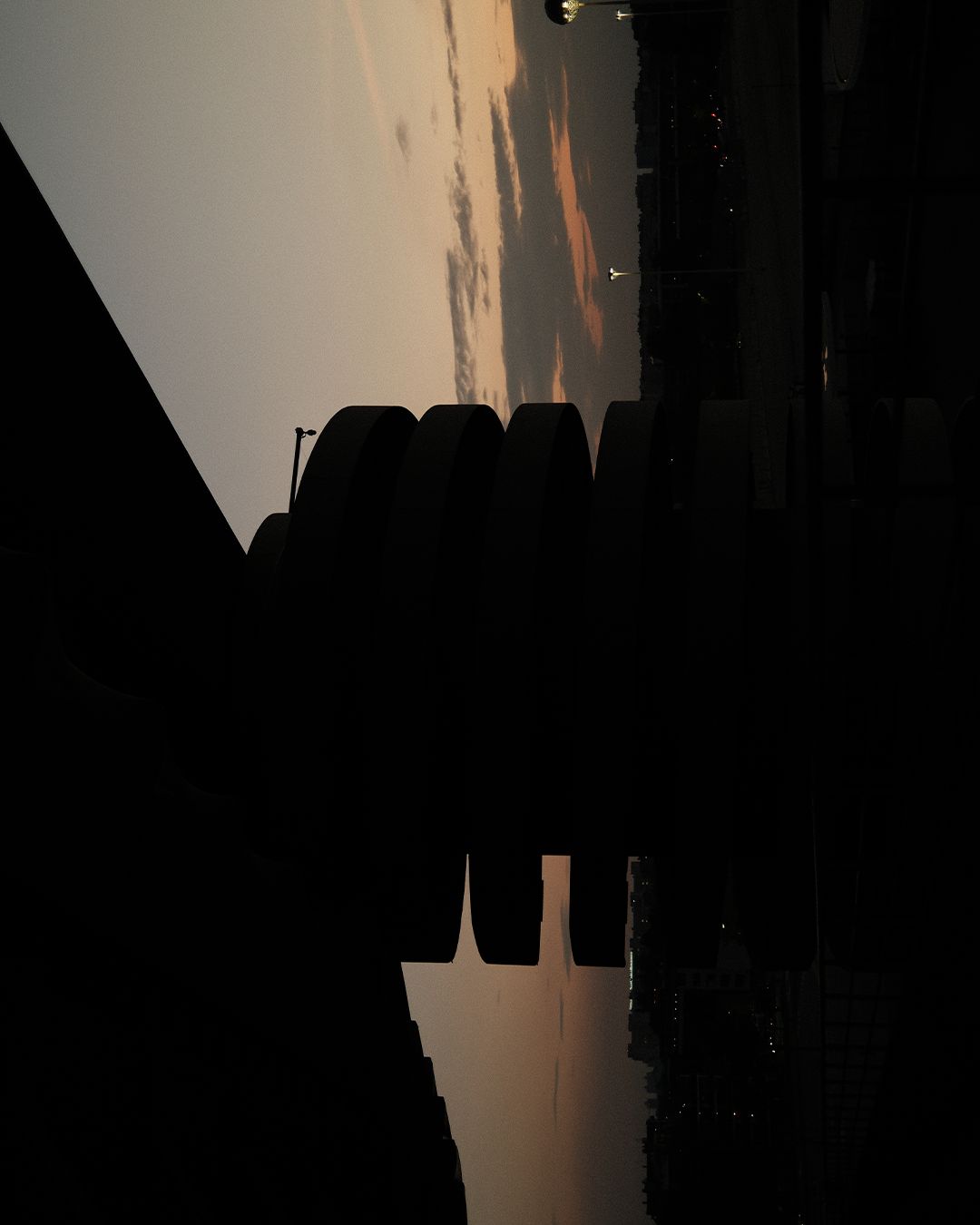
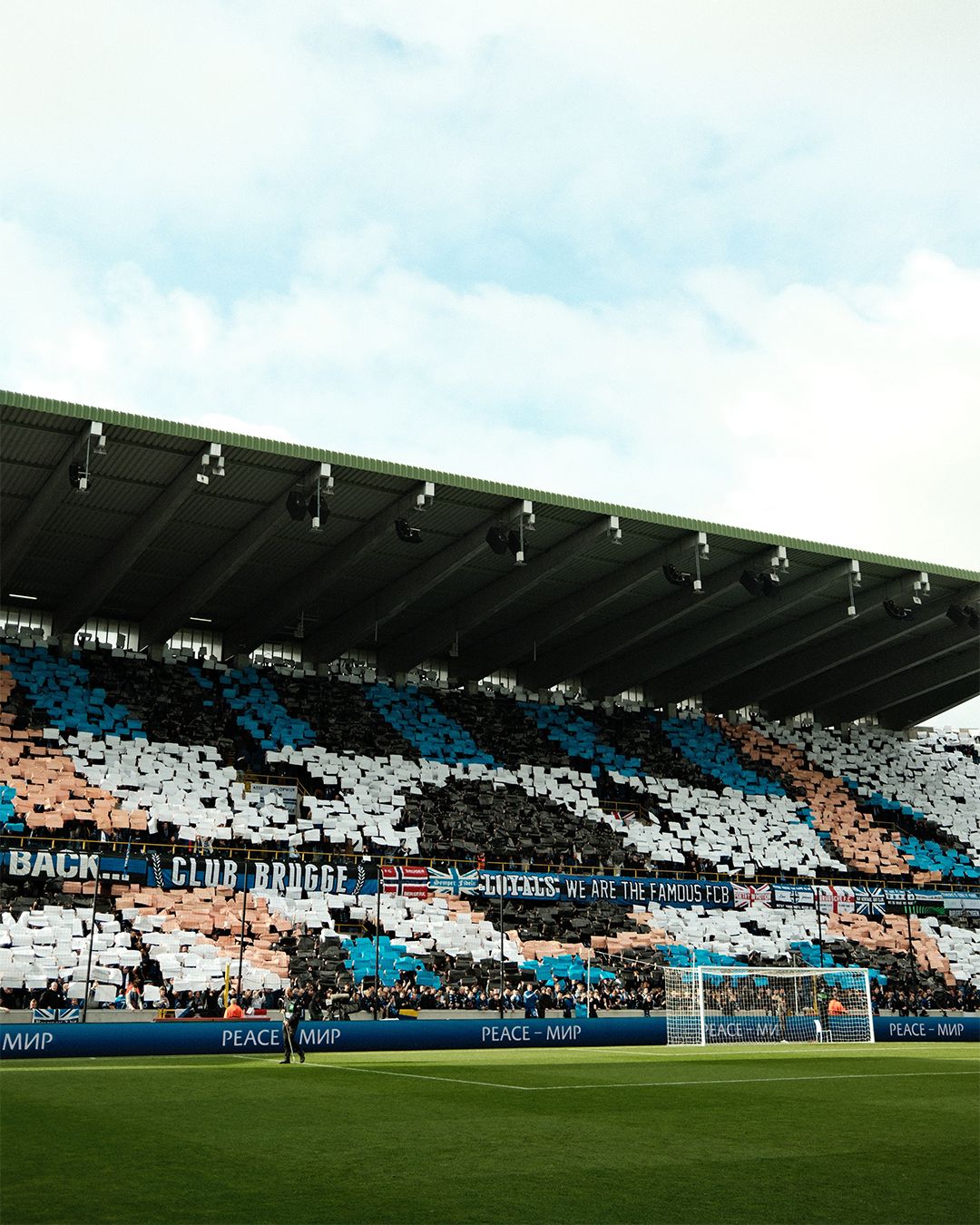
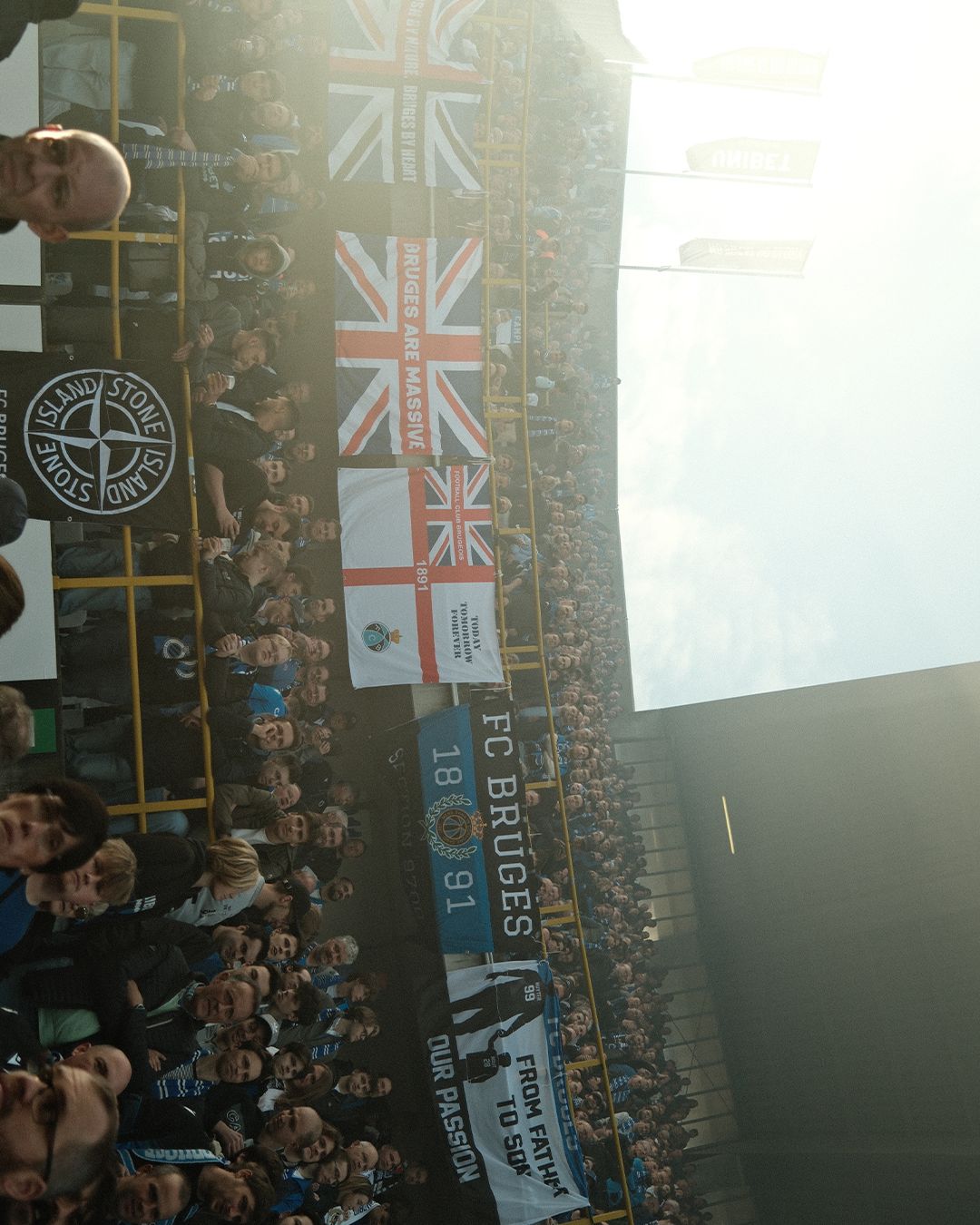
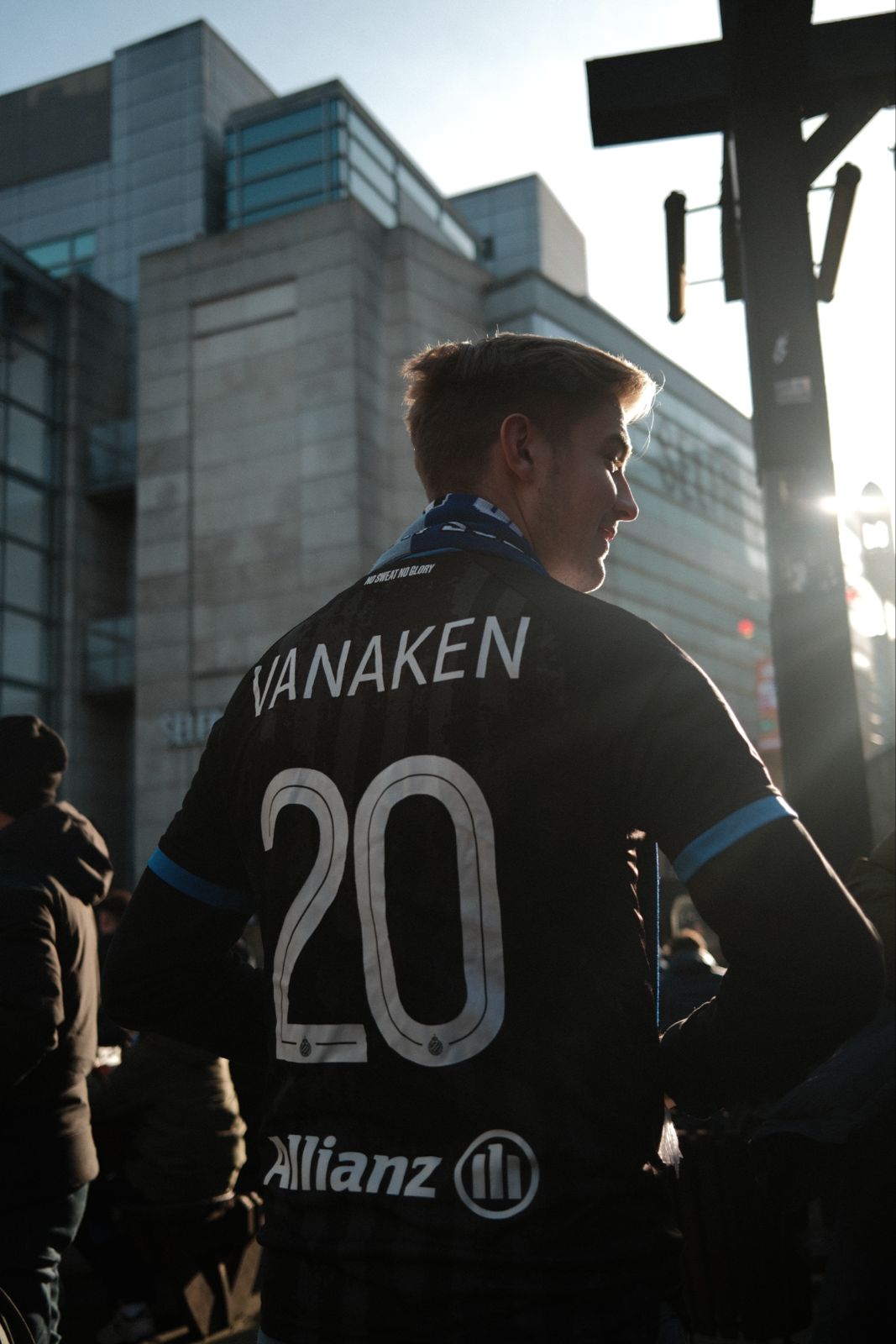
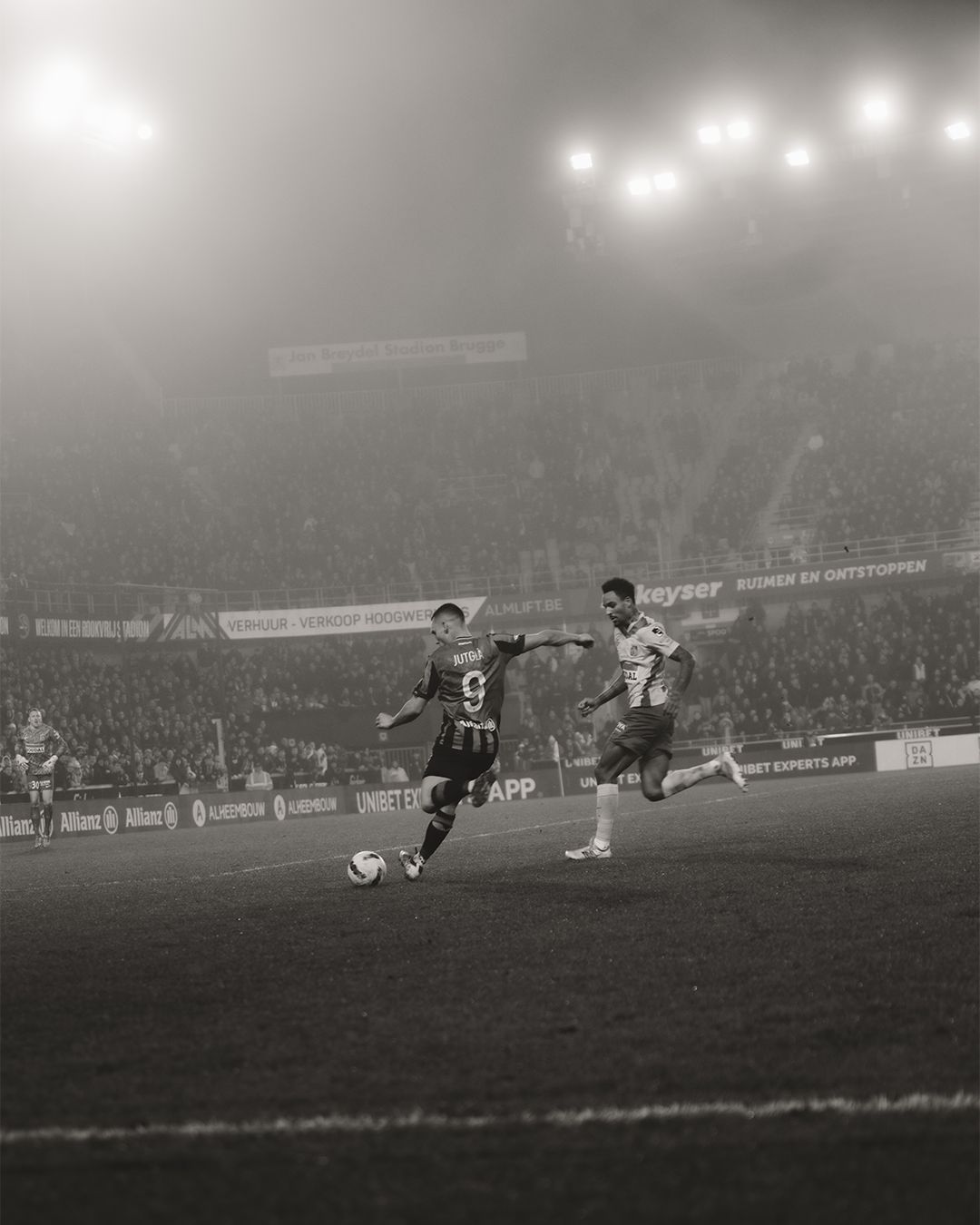

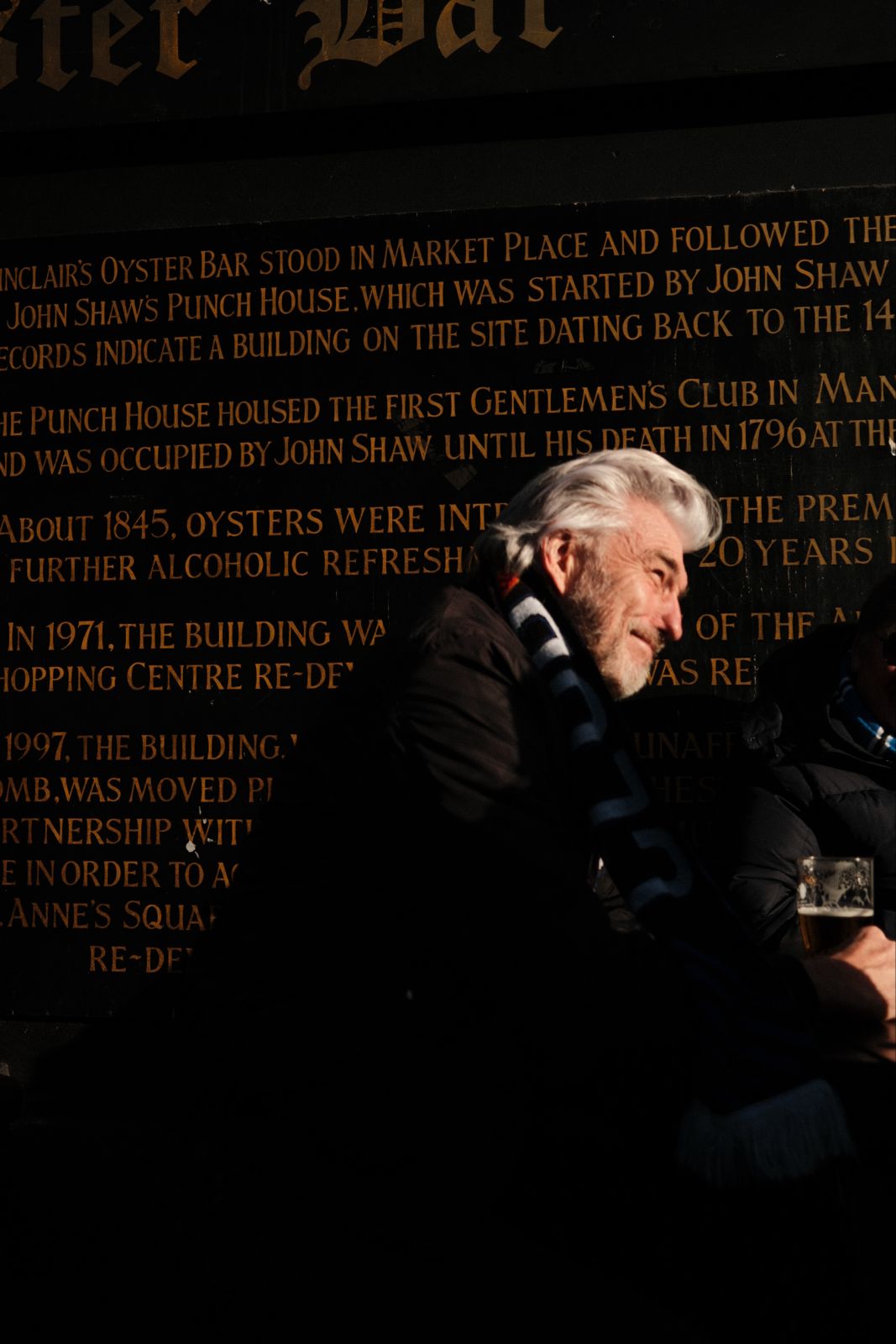
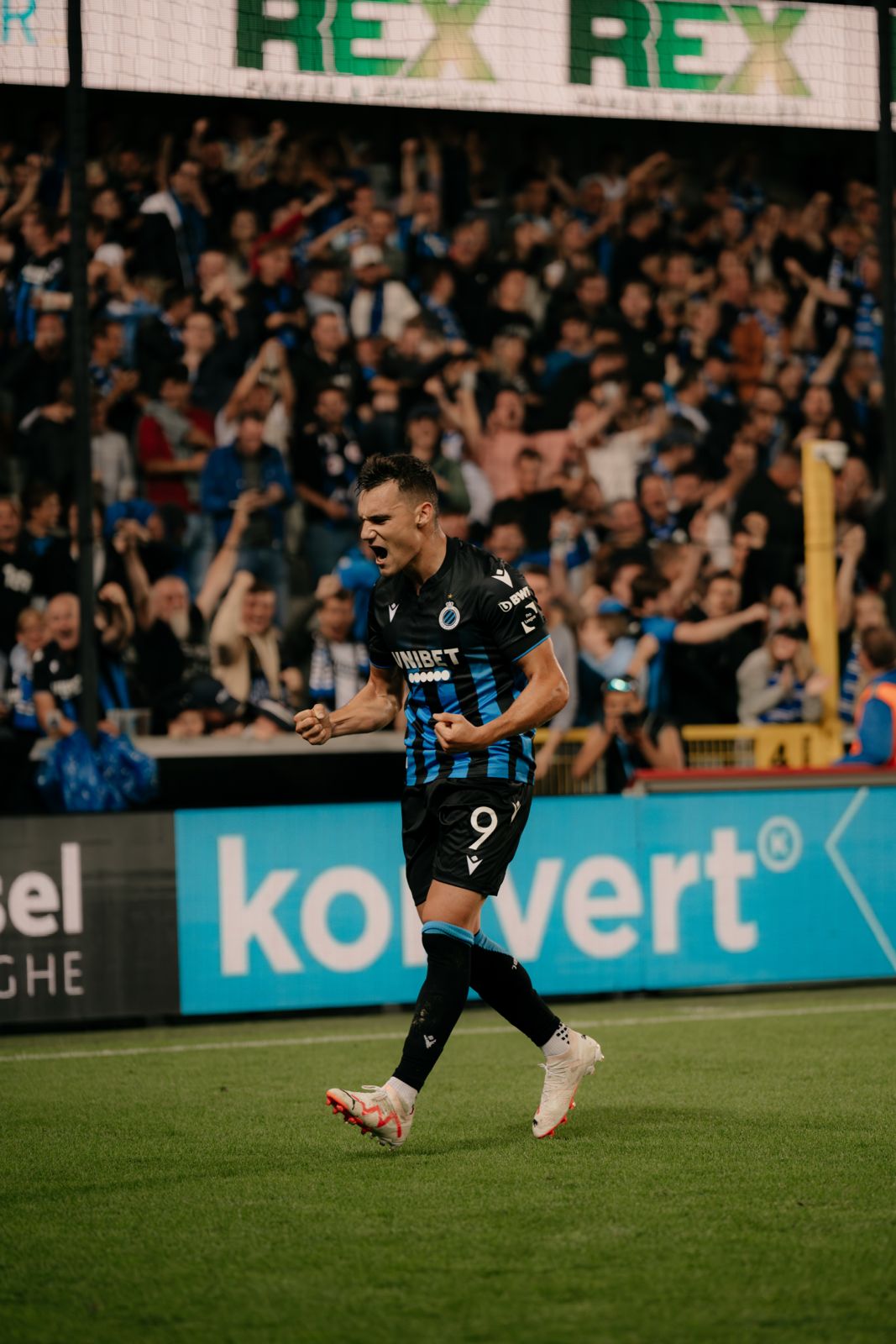
What lenses do you use for match photography? Which one is your favorite and why?
“I use a variety of lenses, but the king is the 70-200mm f/2.8 GM II. This lens is incredibly sharp and the perfect size for football. Almost all my favorite shots were taken with this lens. I also always carry my Fuji V100XI with a 35mm lens—a perfect combo for my work. I shoot in the highest frame size and crop to fit the necessary format for banners, websites, etc.”
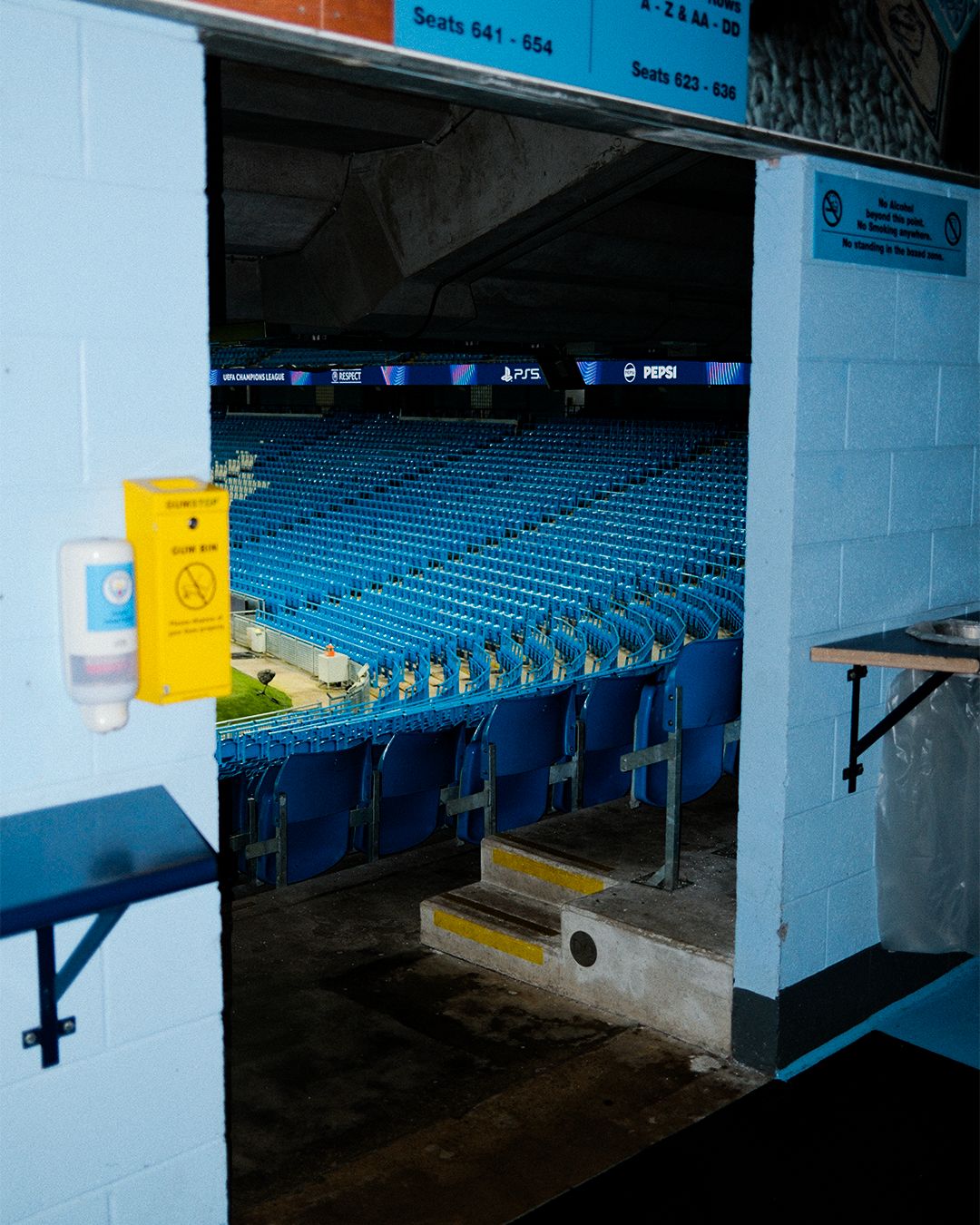
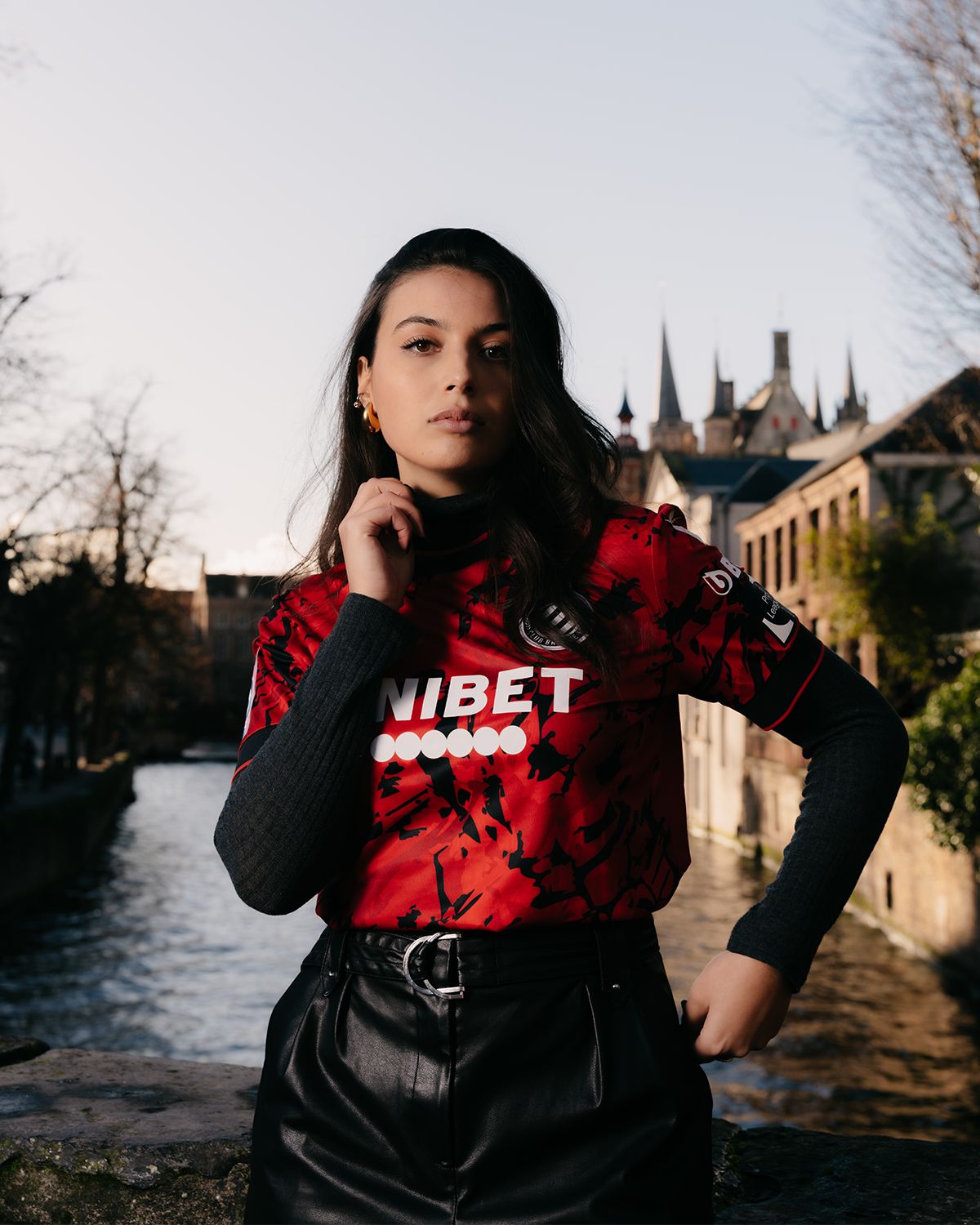
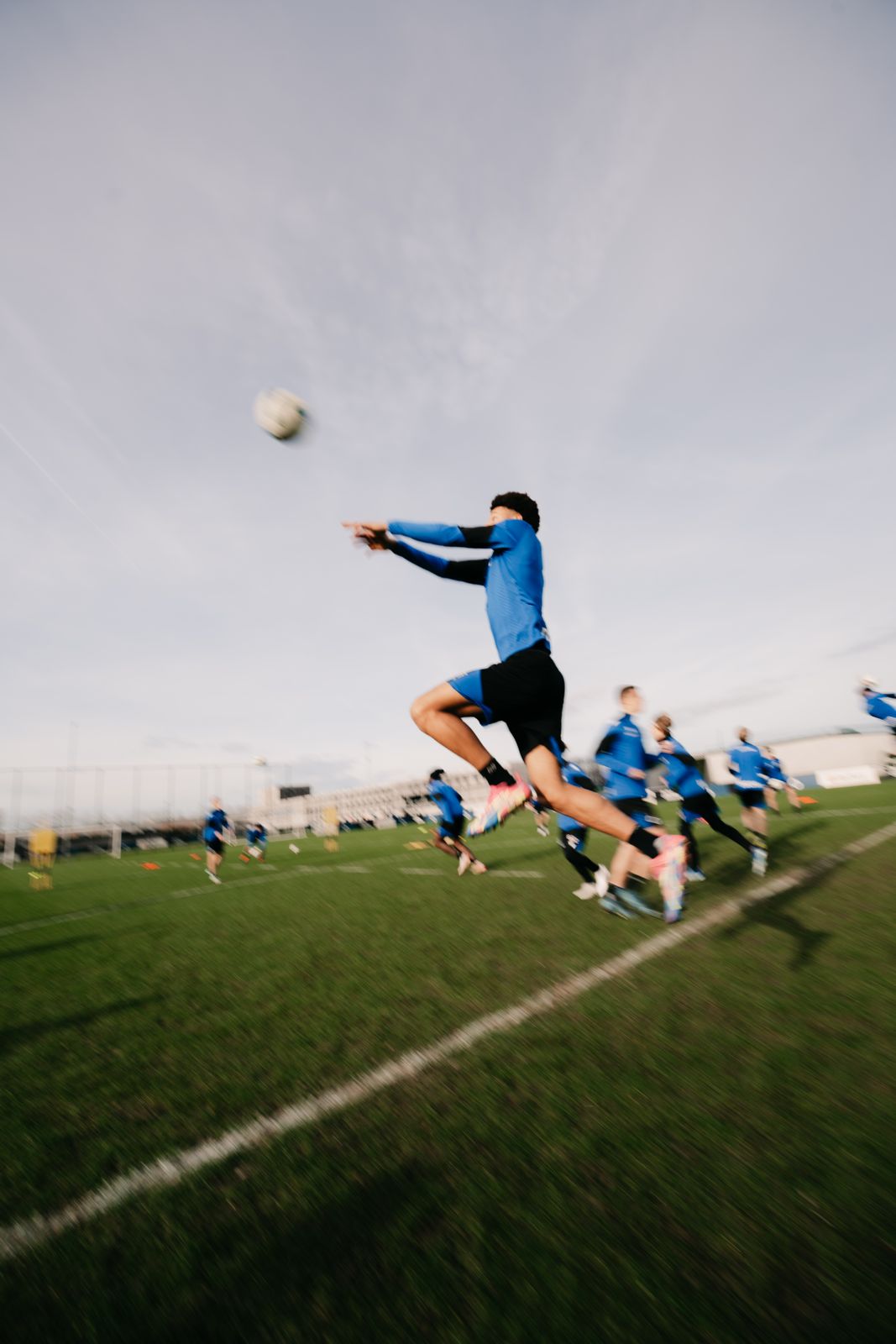
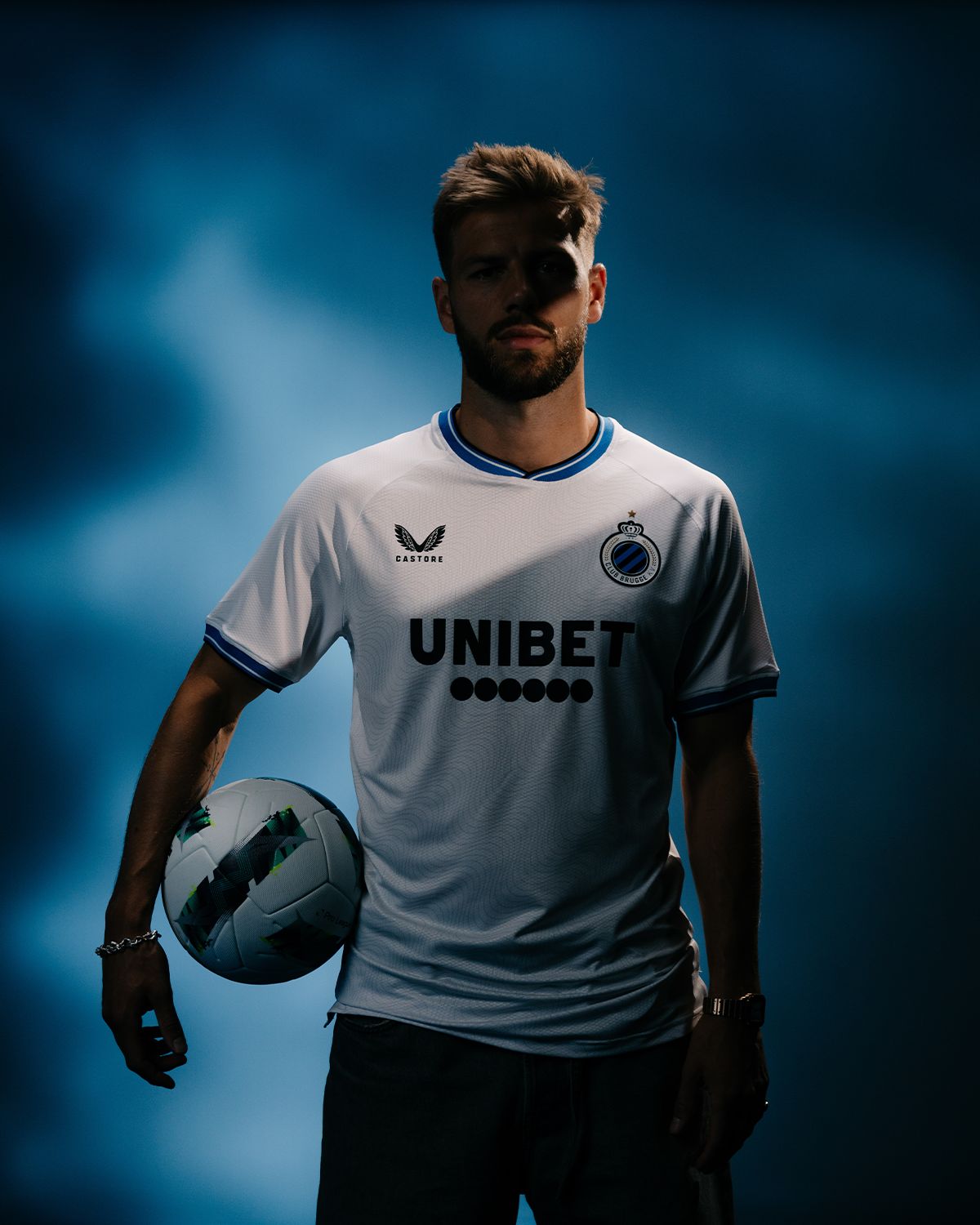
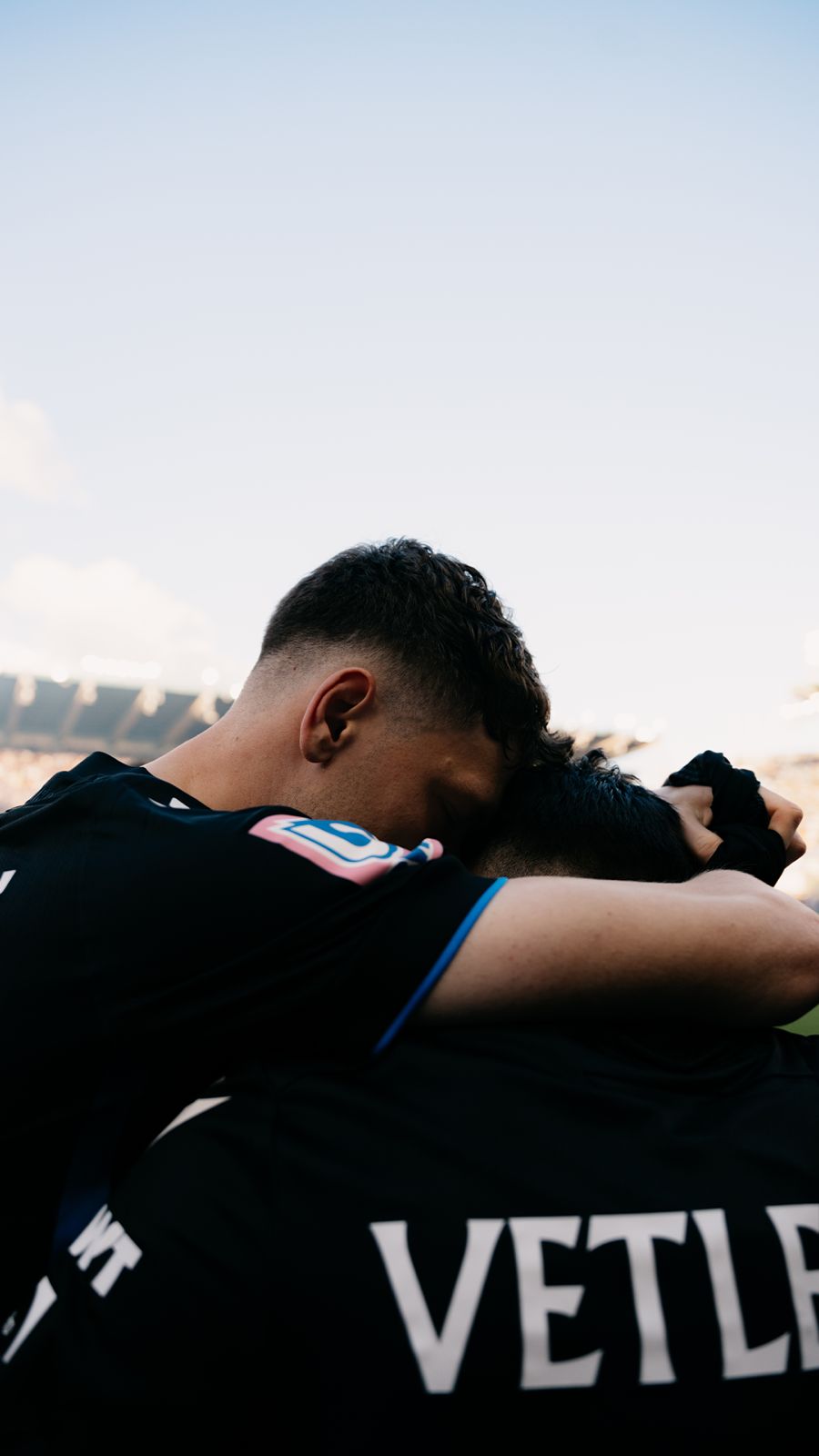
What was the most thrilling match or stadium you’ve ever shot? And is there a particular photo that you are most emotionally attached to?
“If I had to pick one stadium, it would definitely be San Siro. The exterior is visually stunning and massive, and combined with its history, it’s the perfect stadium. In some ways, it reminds me of my home stadium, Jan Breydel.
But the game that stuck with me the most was last season’s championship match between Club Brugge and Cercle. The atmosphere was different—especially after the season we had and the comeback we made. The tension was so thick you could cut it with a knife.
During that match, I took a photo of Andreas Skov Olsen and Hugo Vetlesen holding each other before the final whistle. That one is my favorite.”
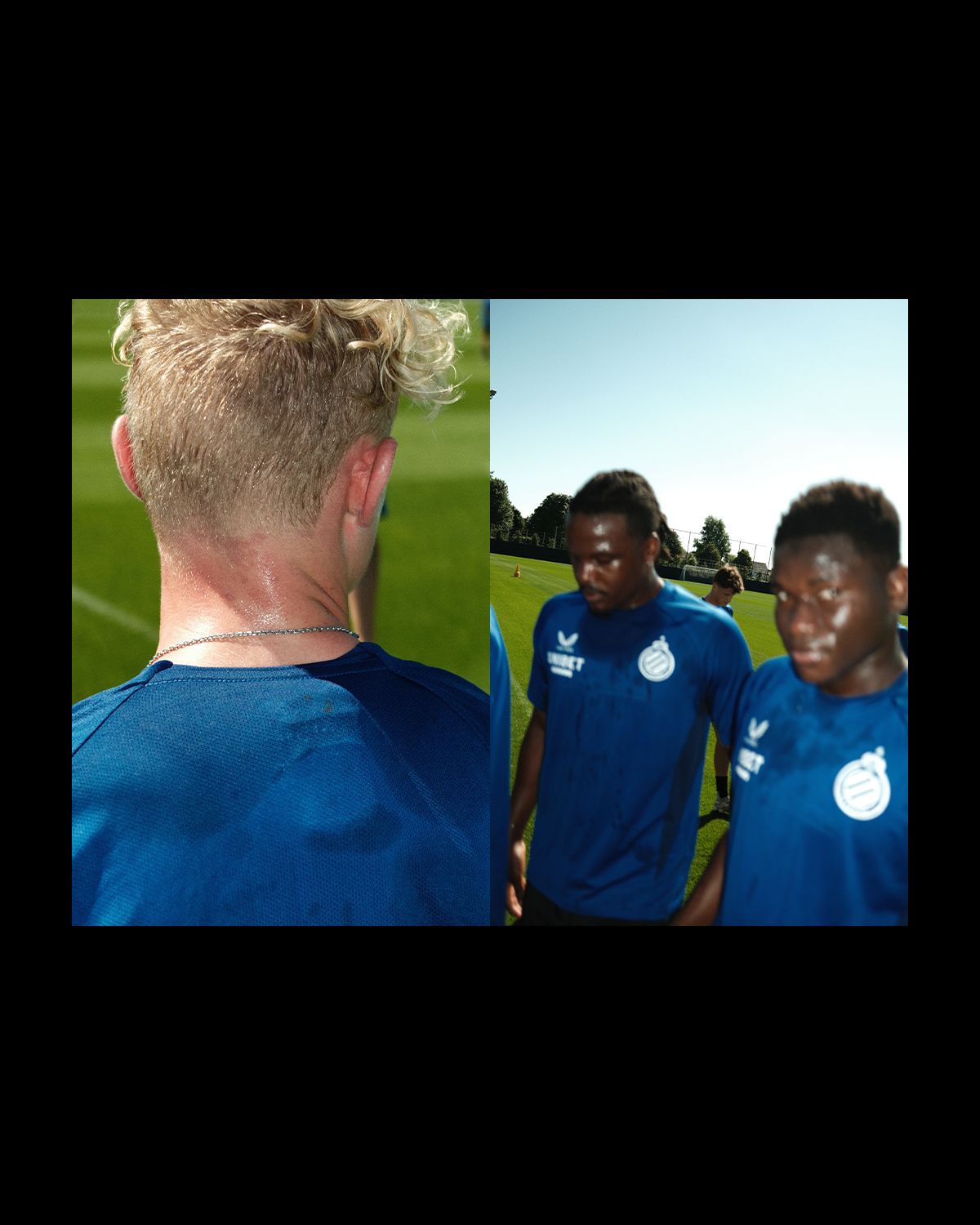
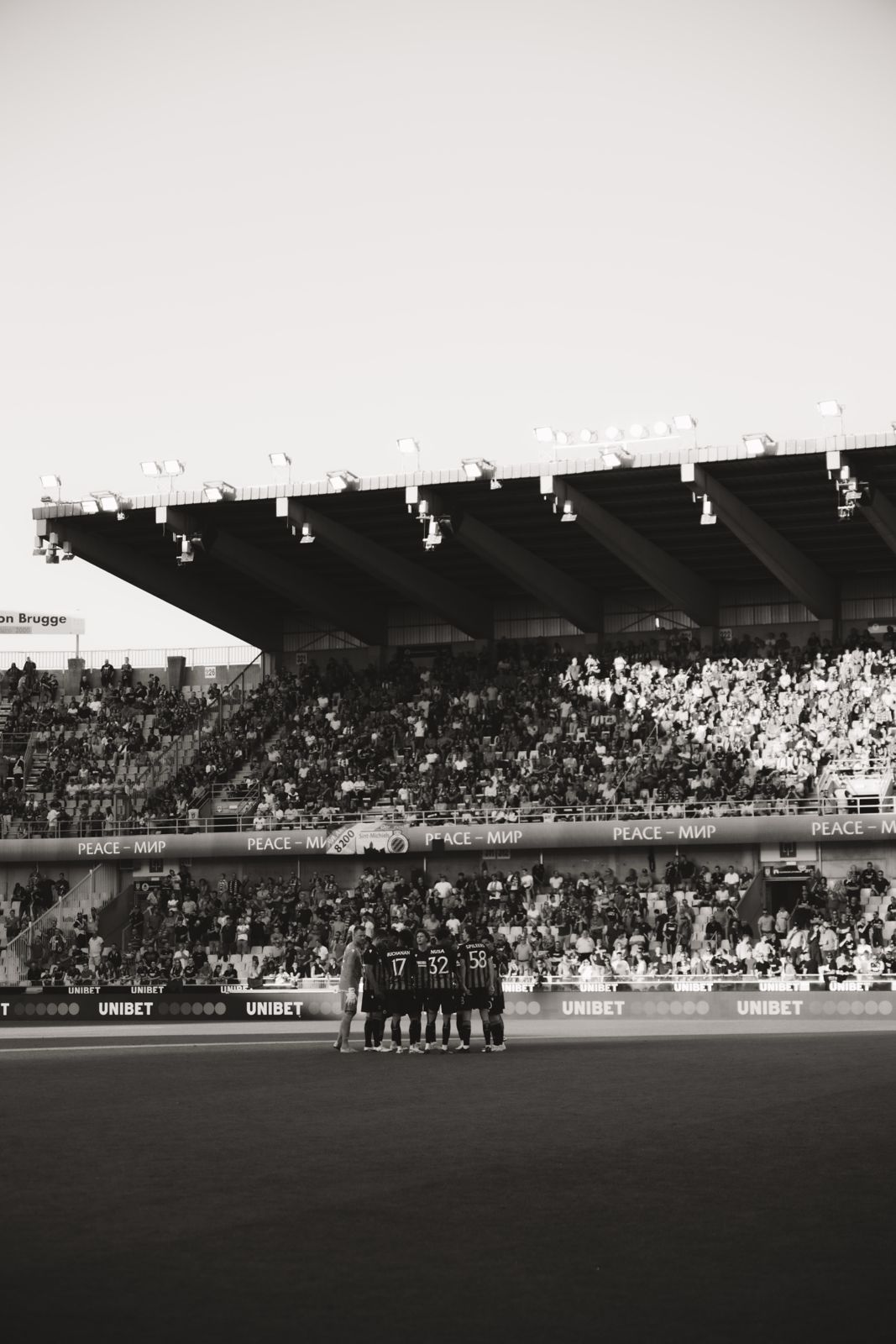
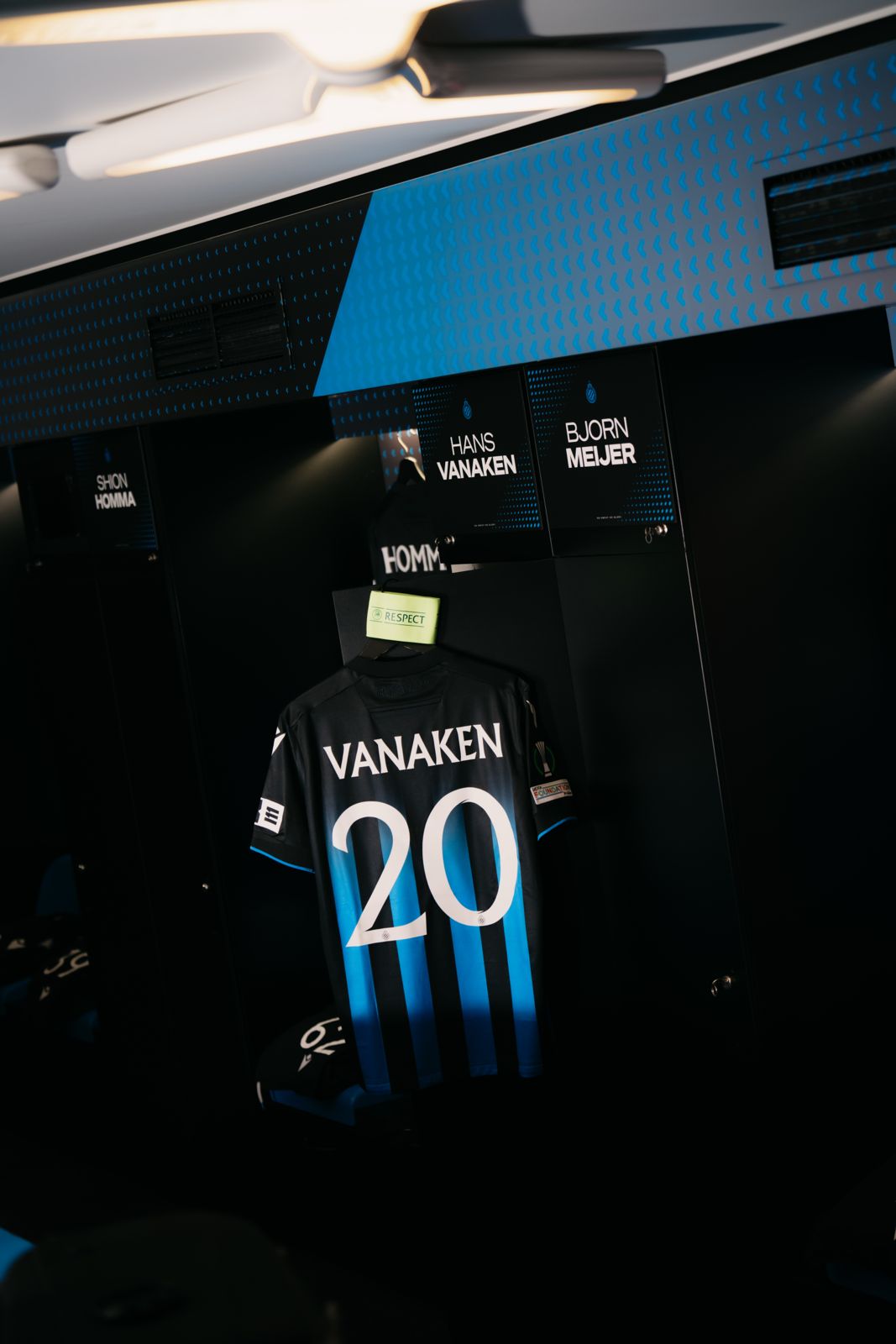
“I am grateful for every opportunity the club gave me. I want to thank everybody at the social media team as well for constantly challenging en helping each other to get better. You can get a lot done alone but with a team you reach new heights.”
All work for Club Brugge – all right to Club Brugge


